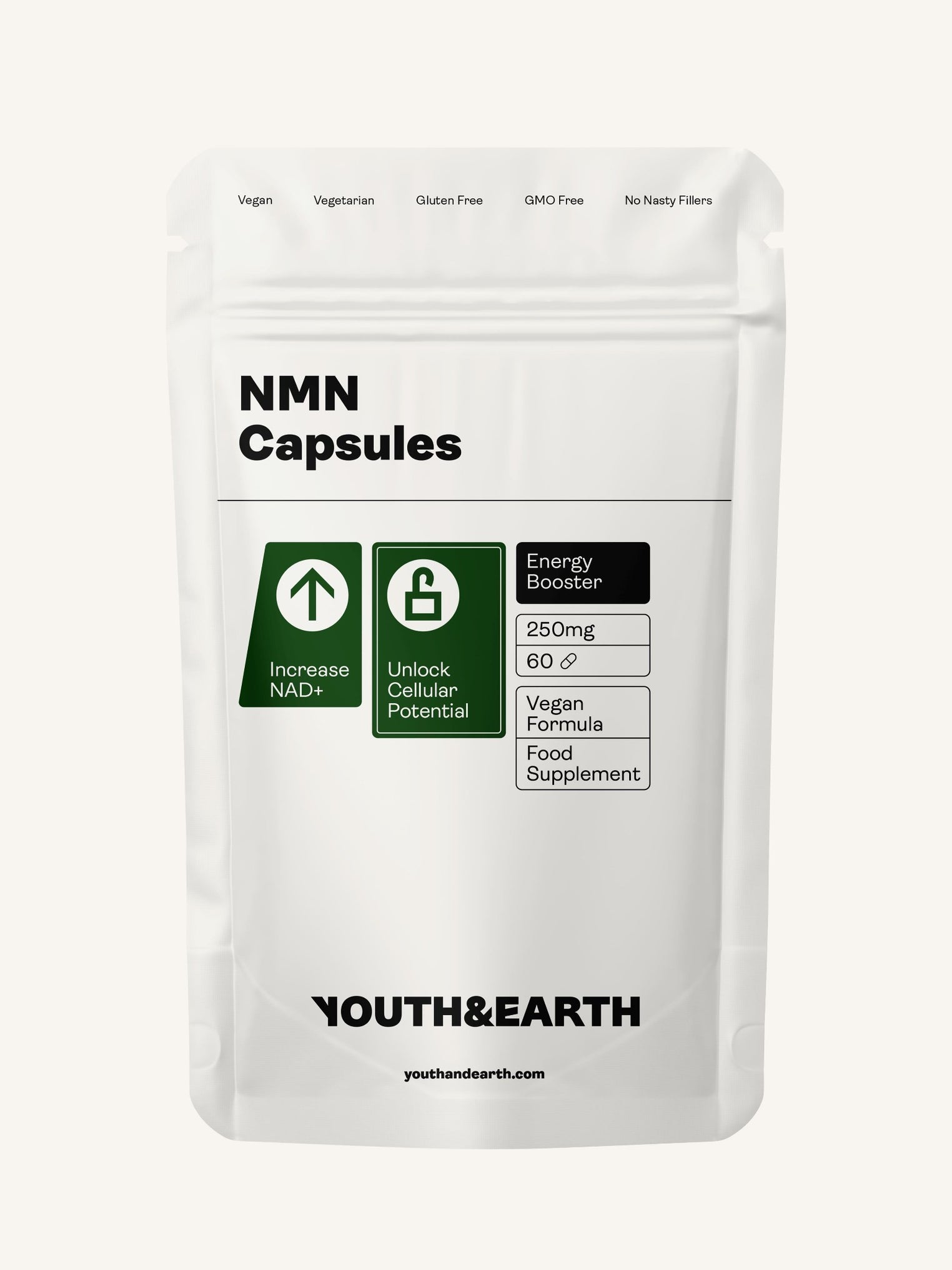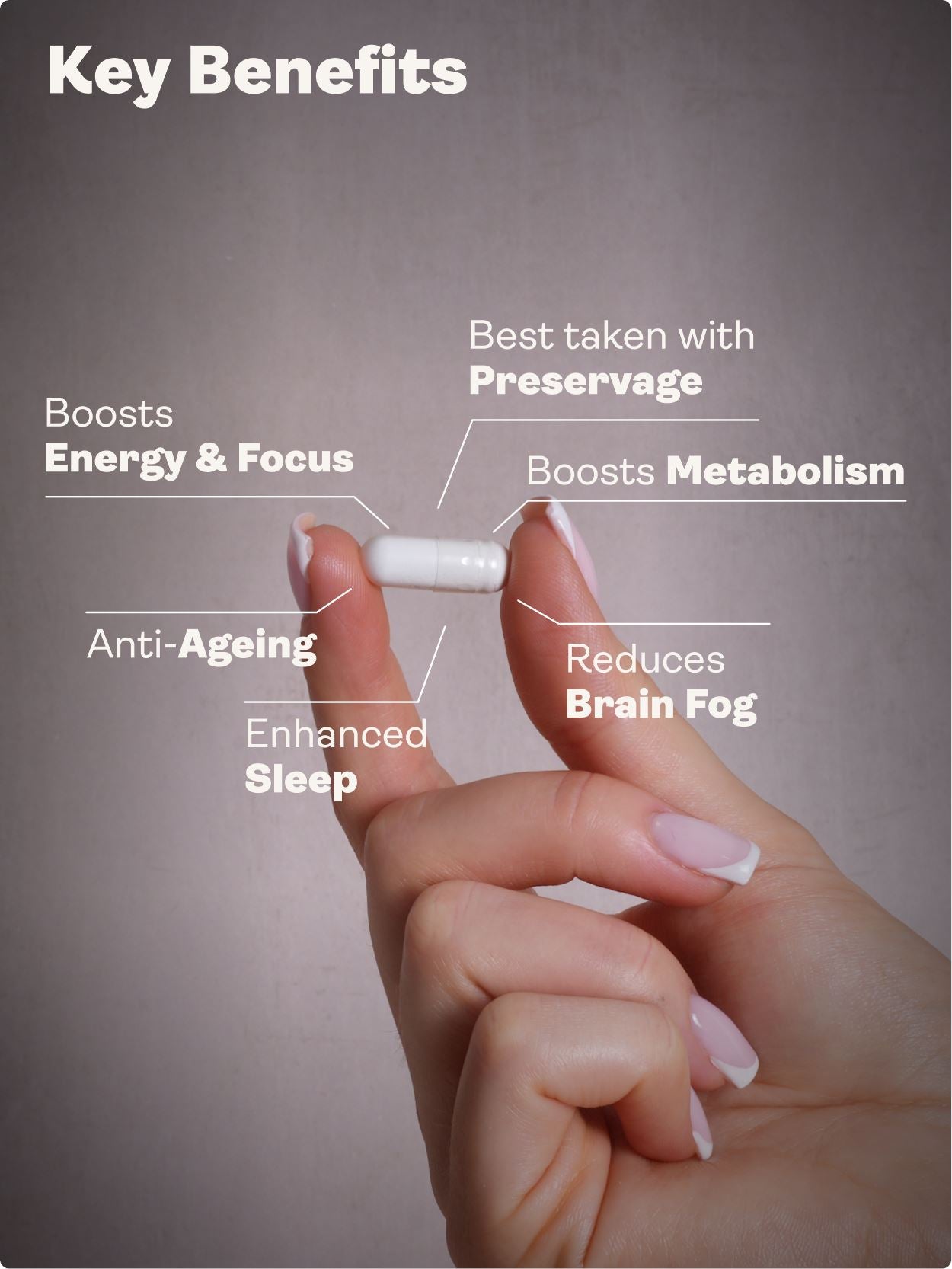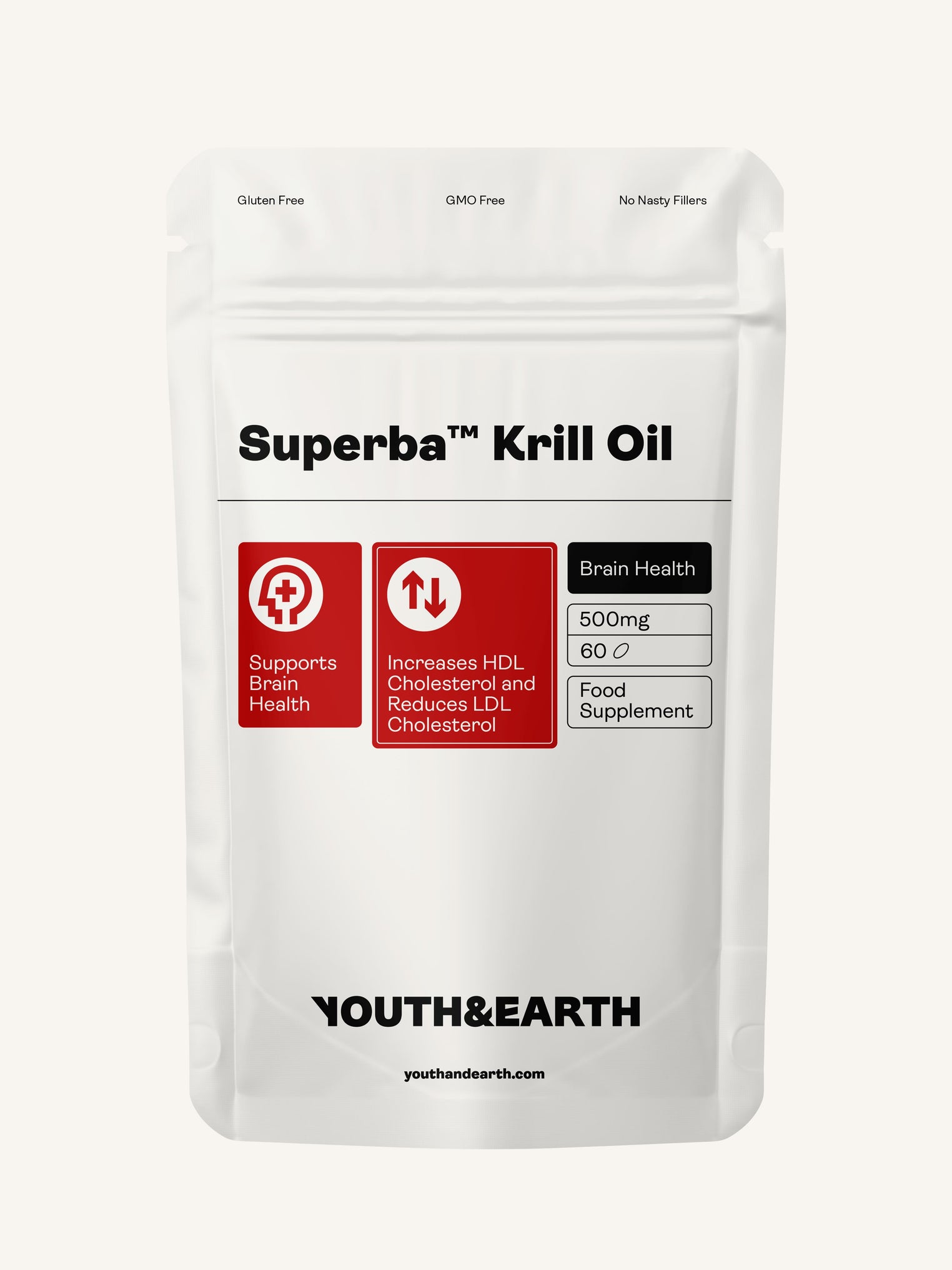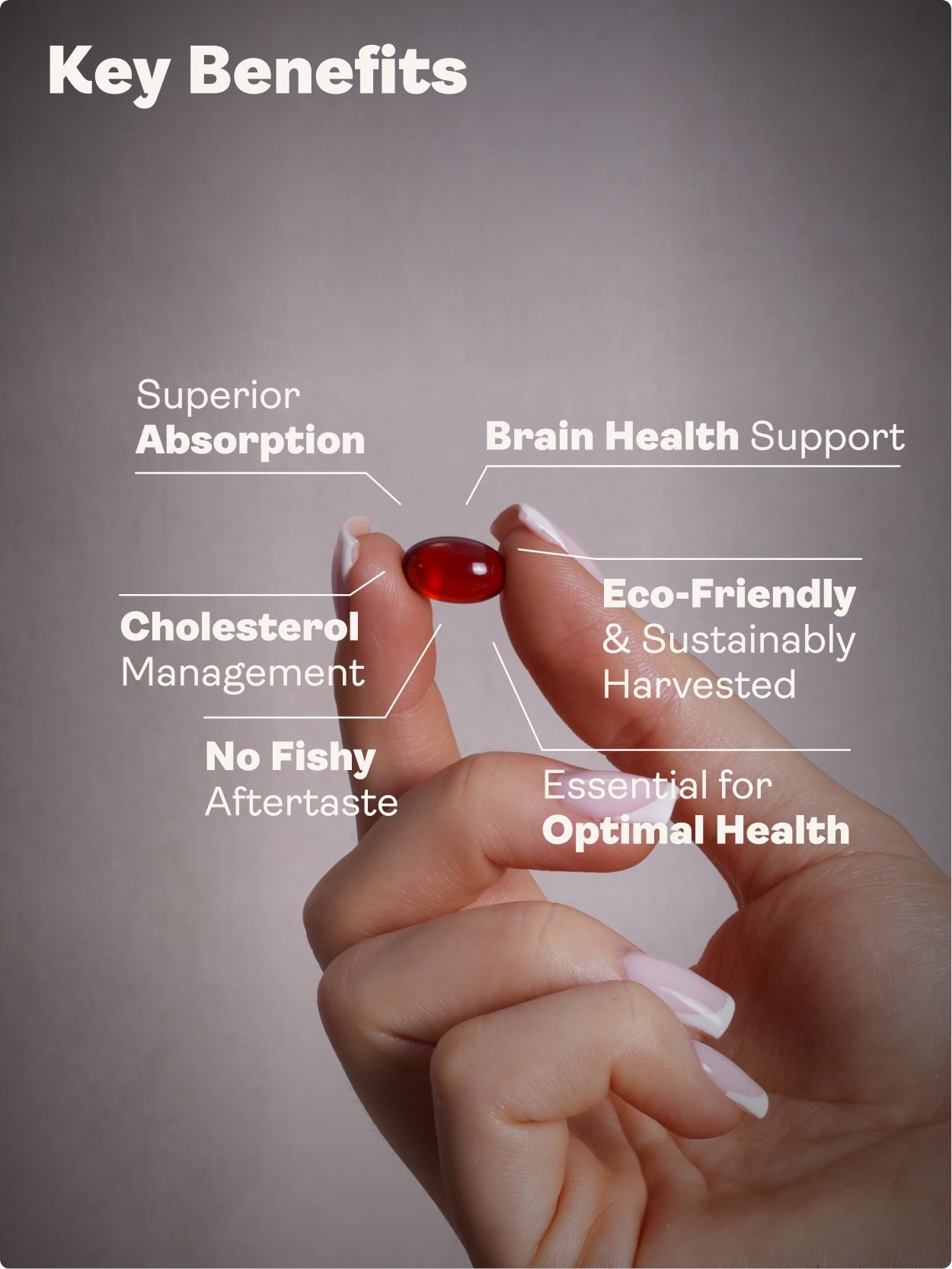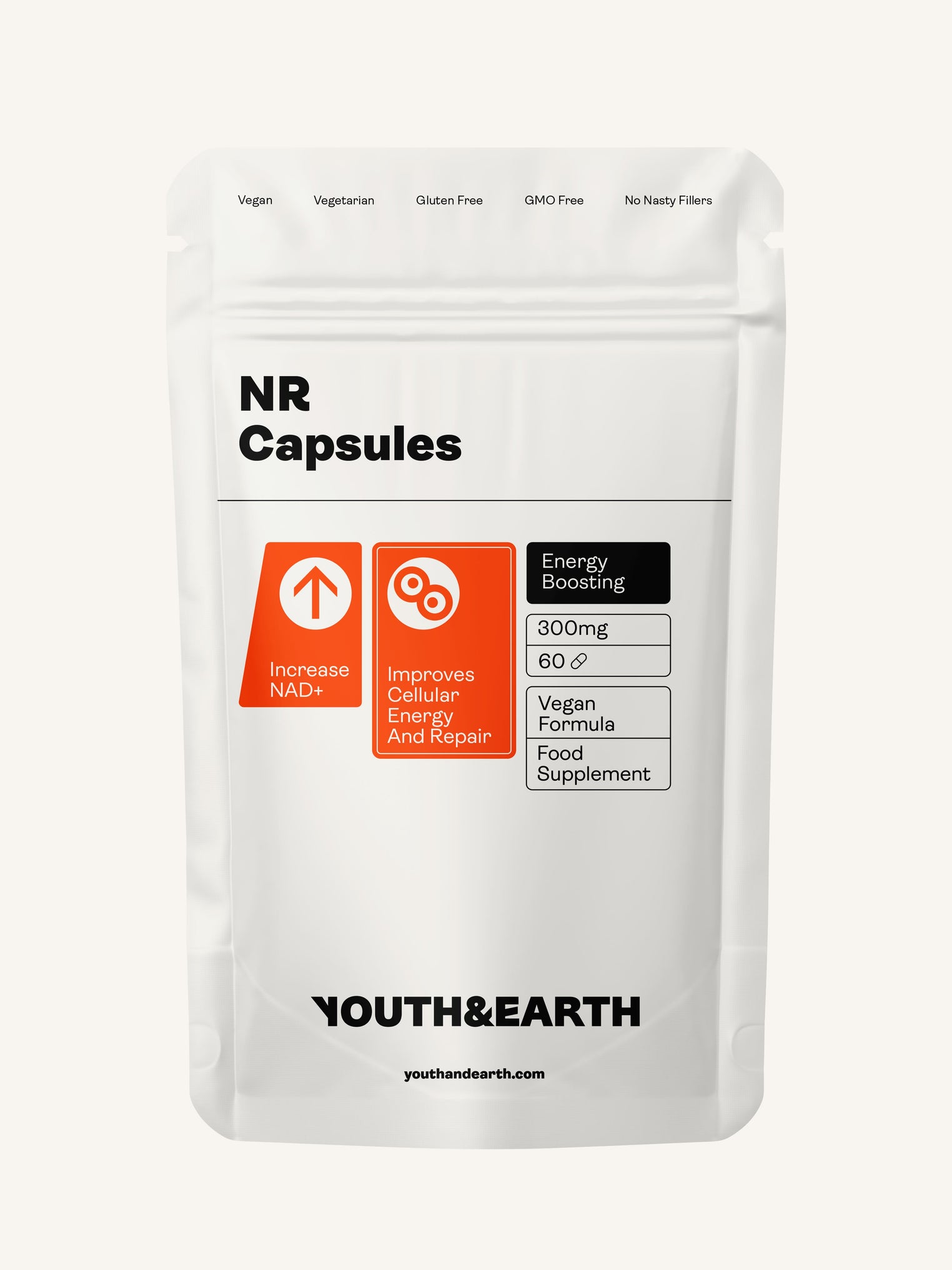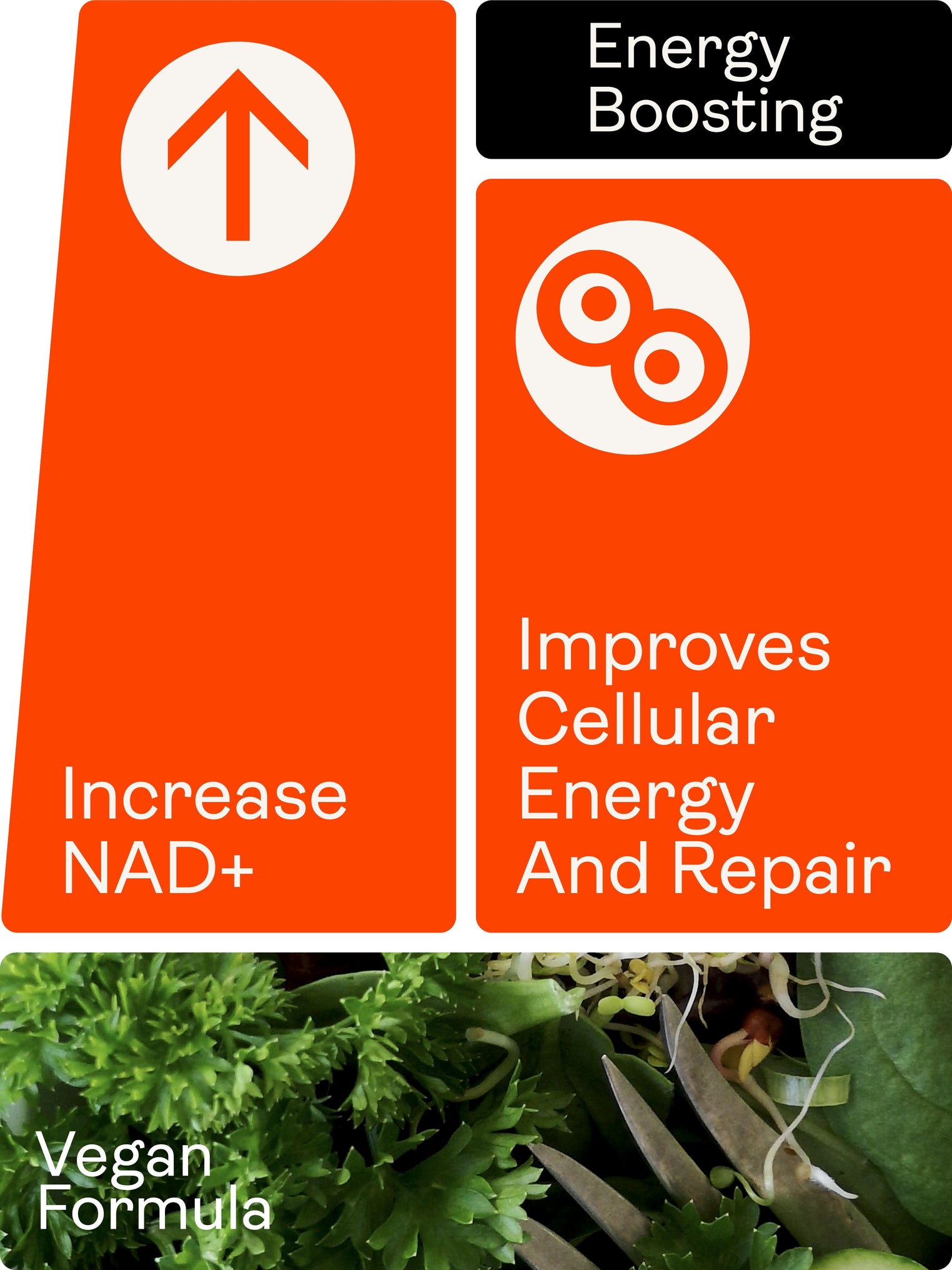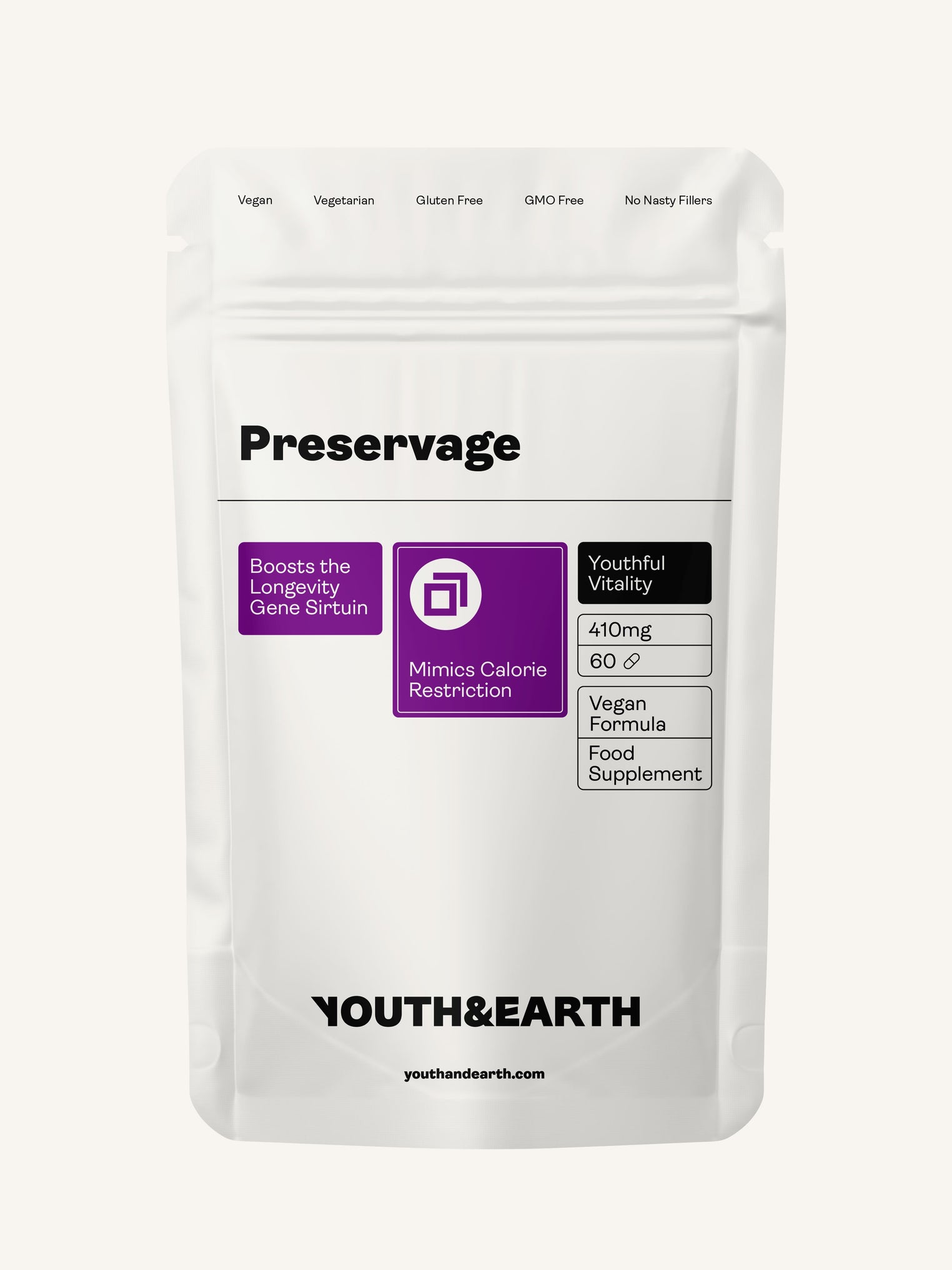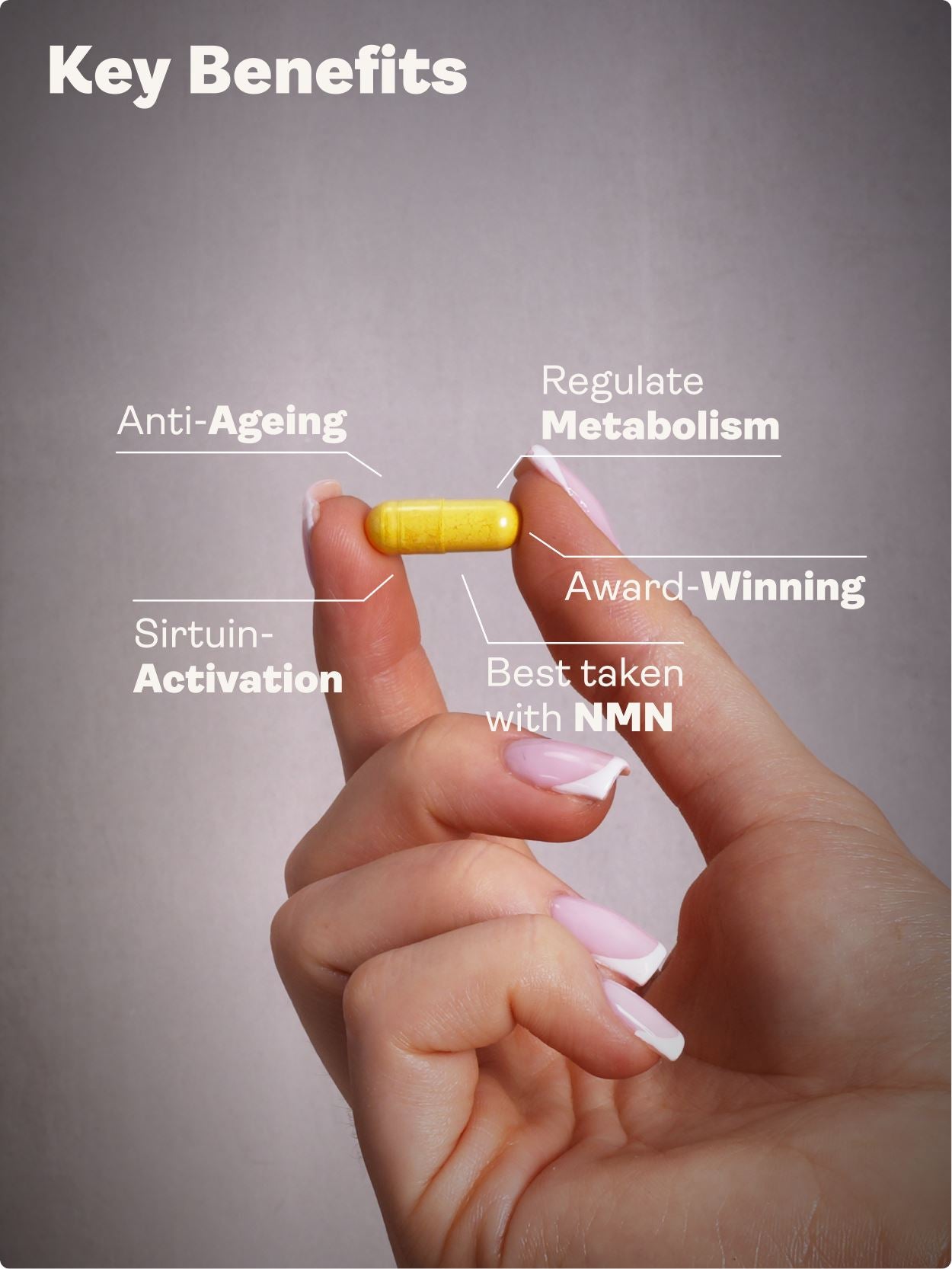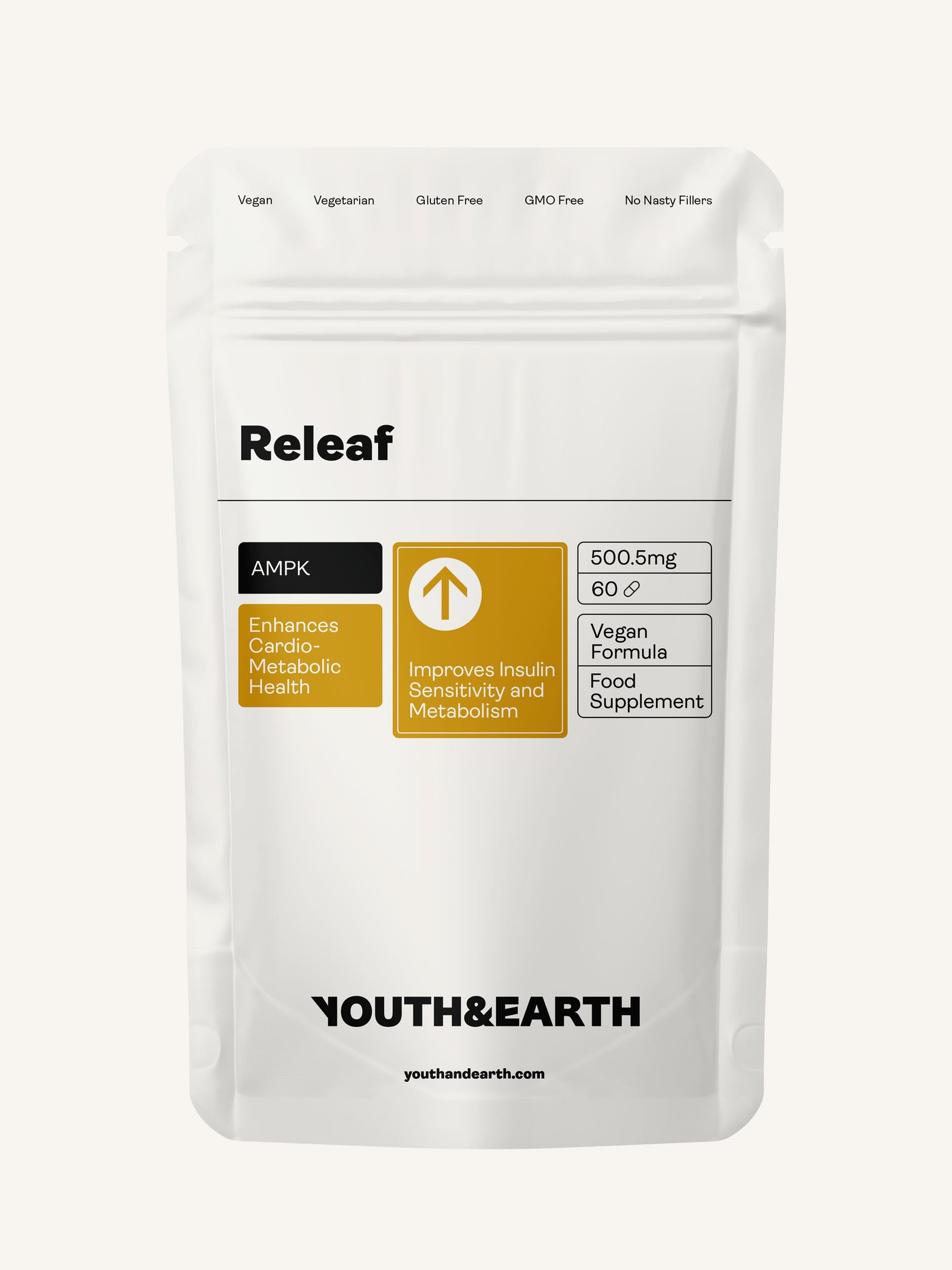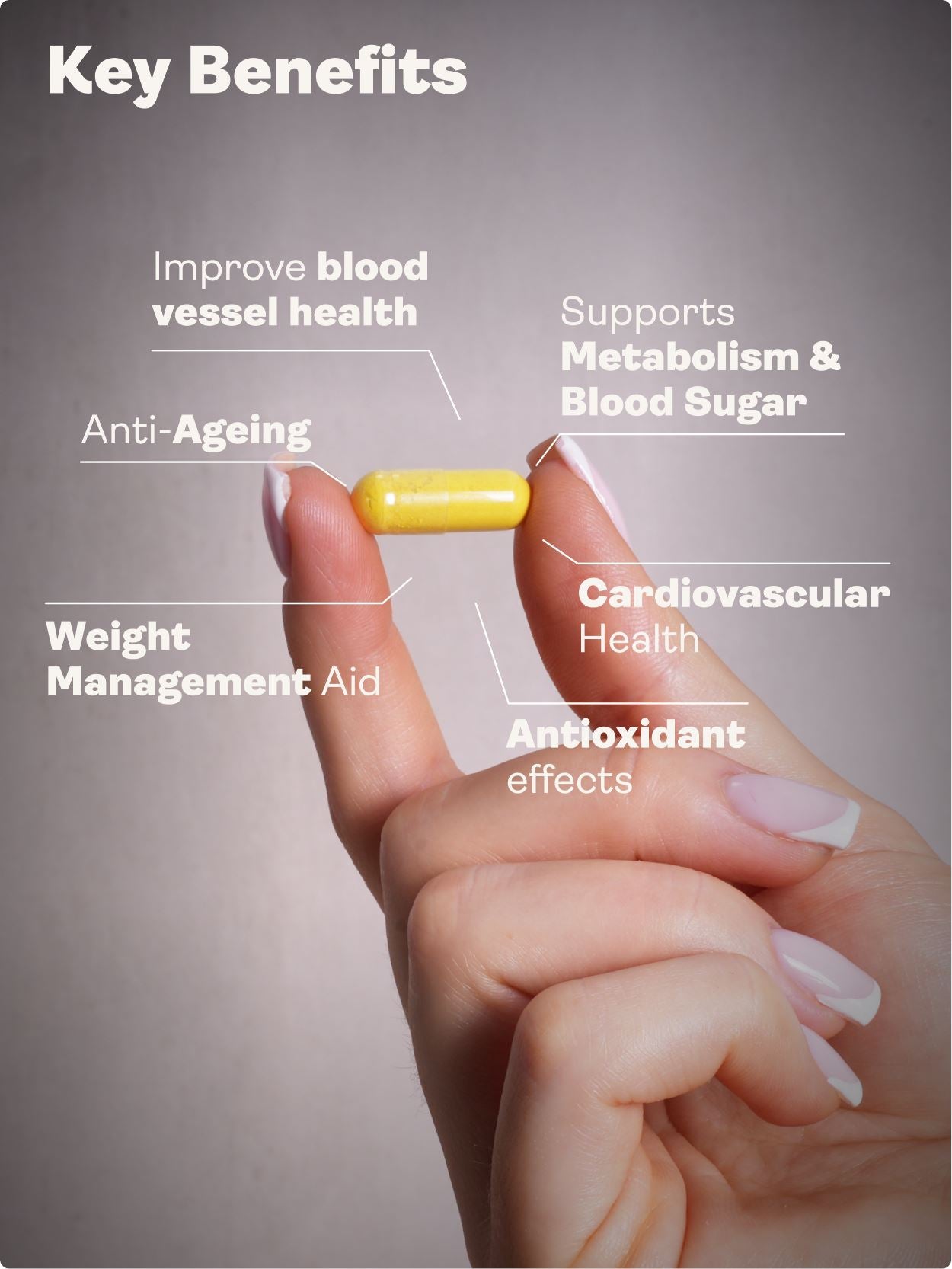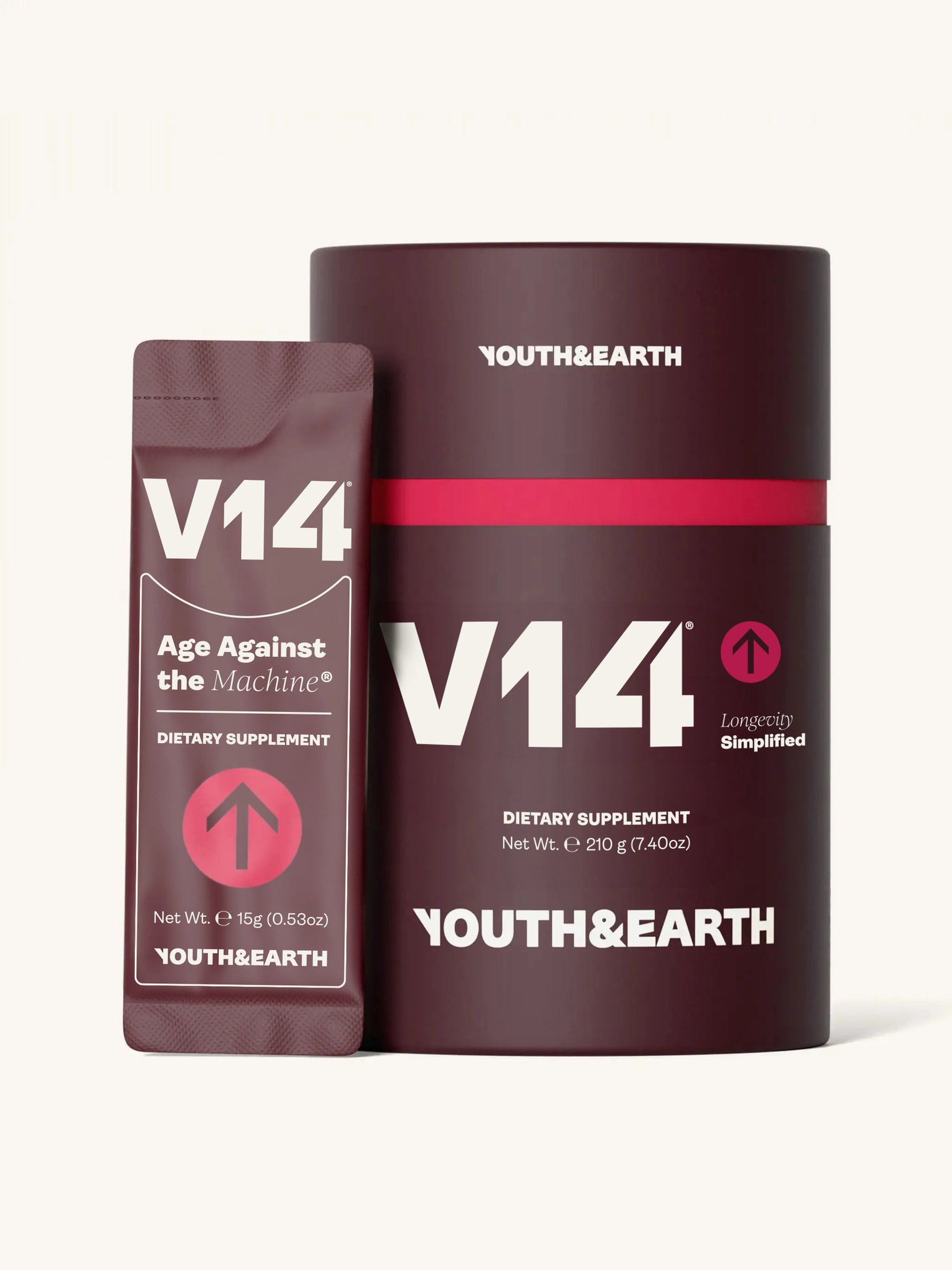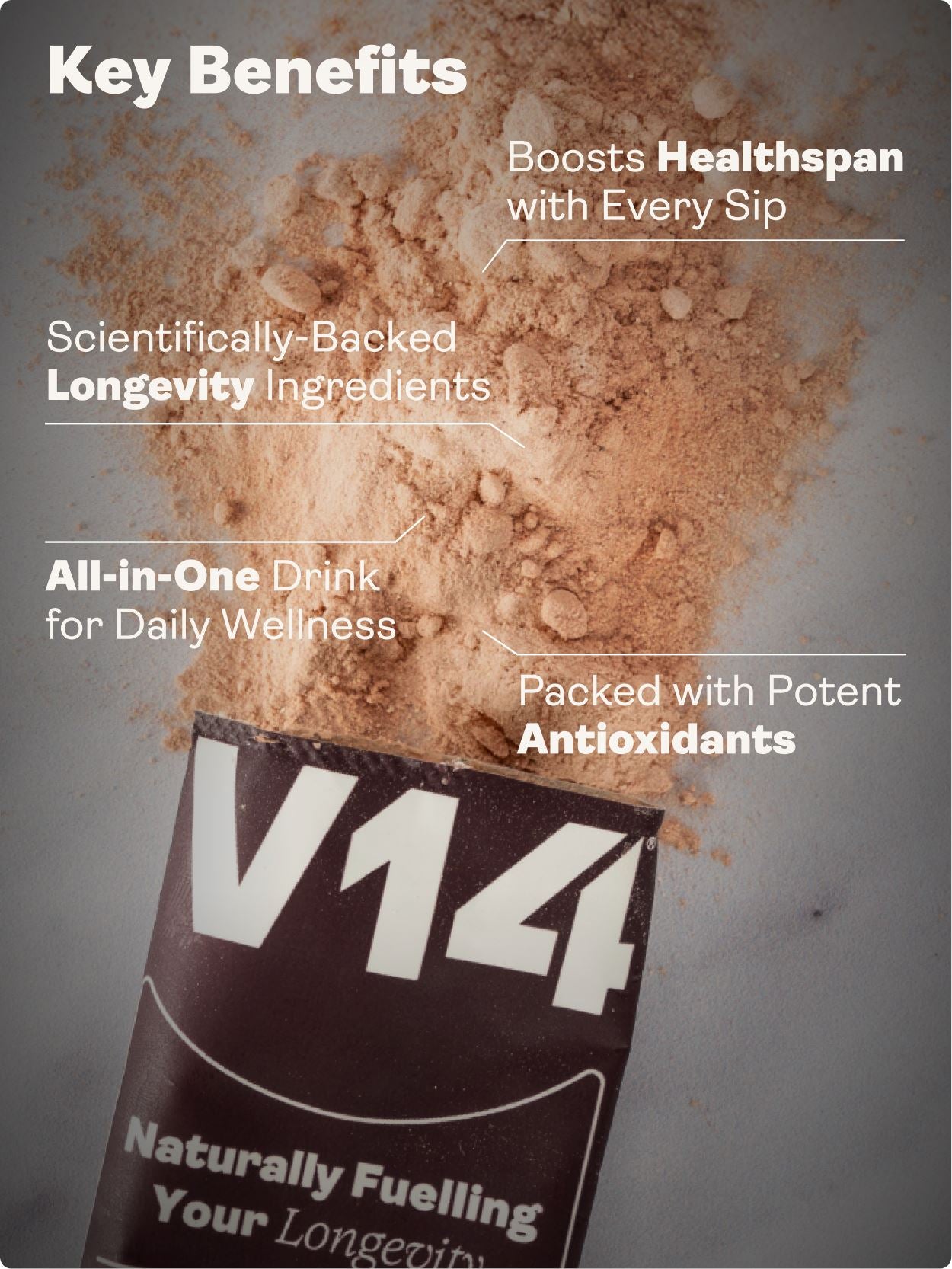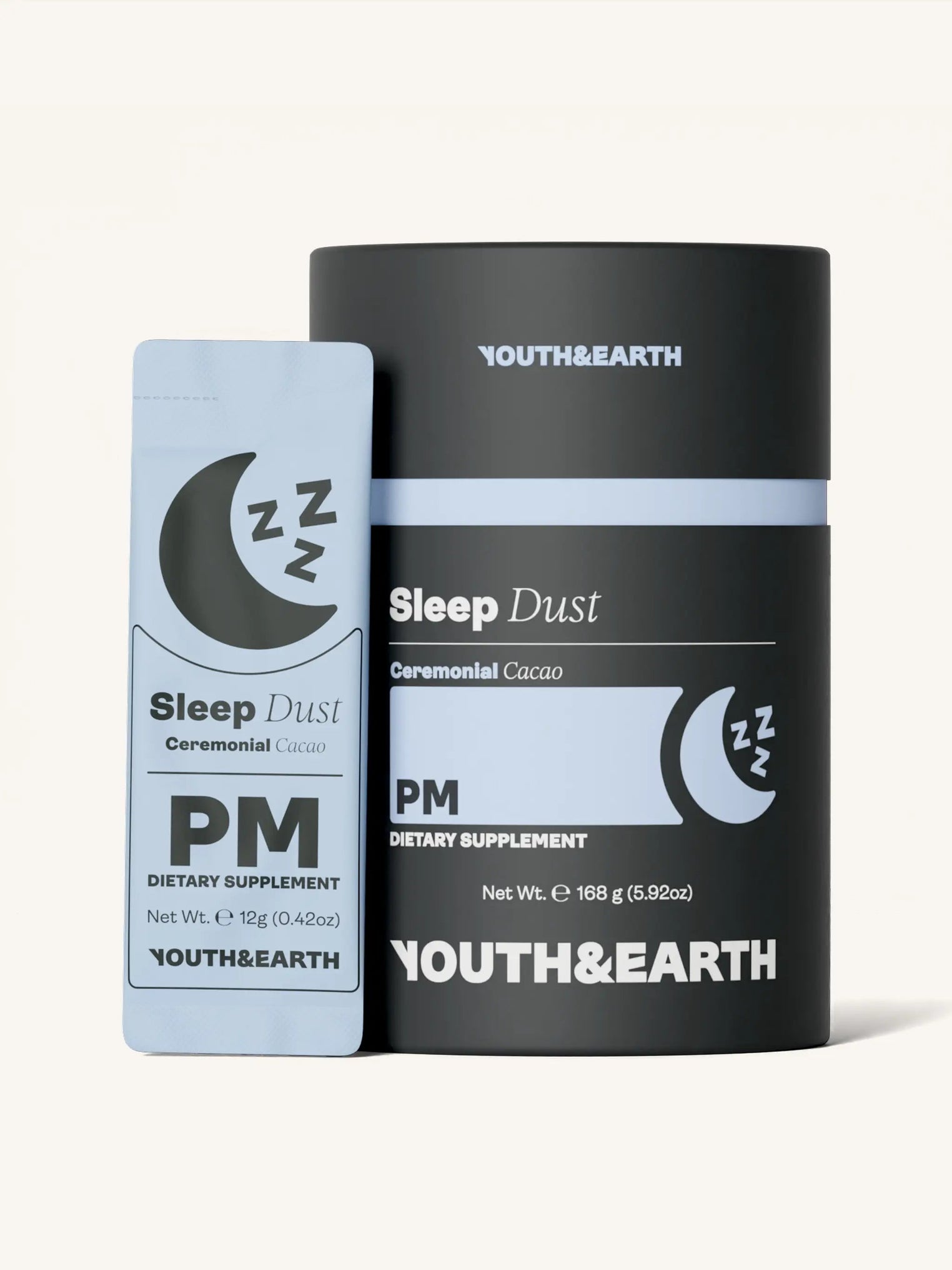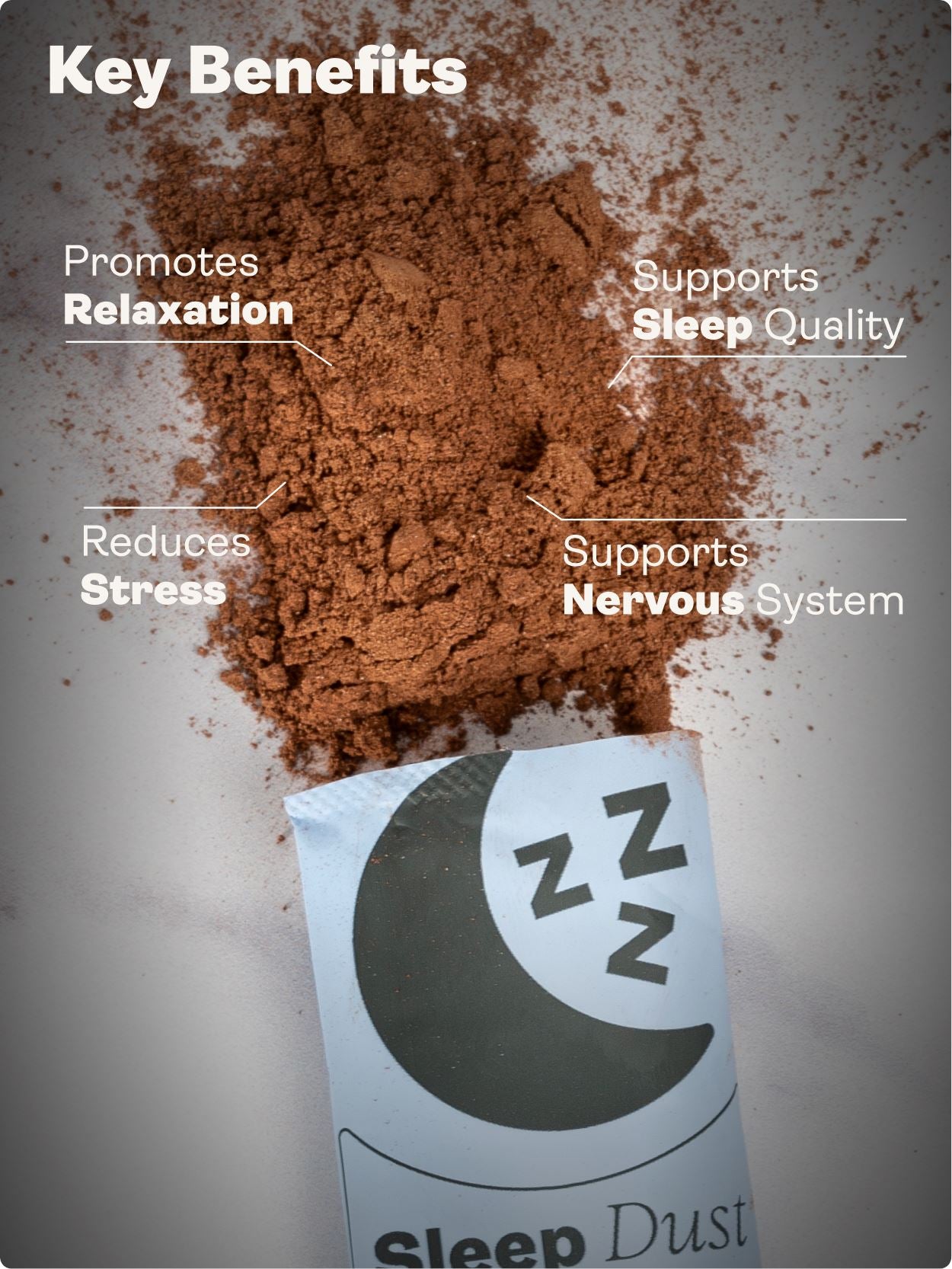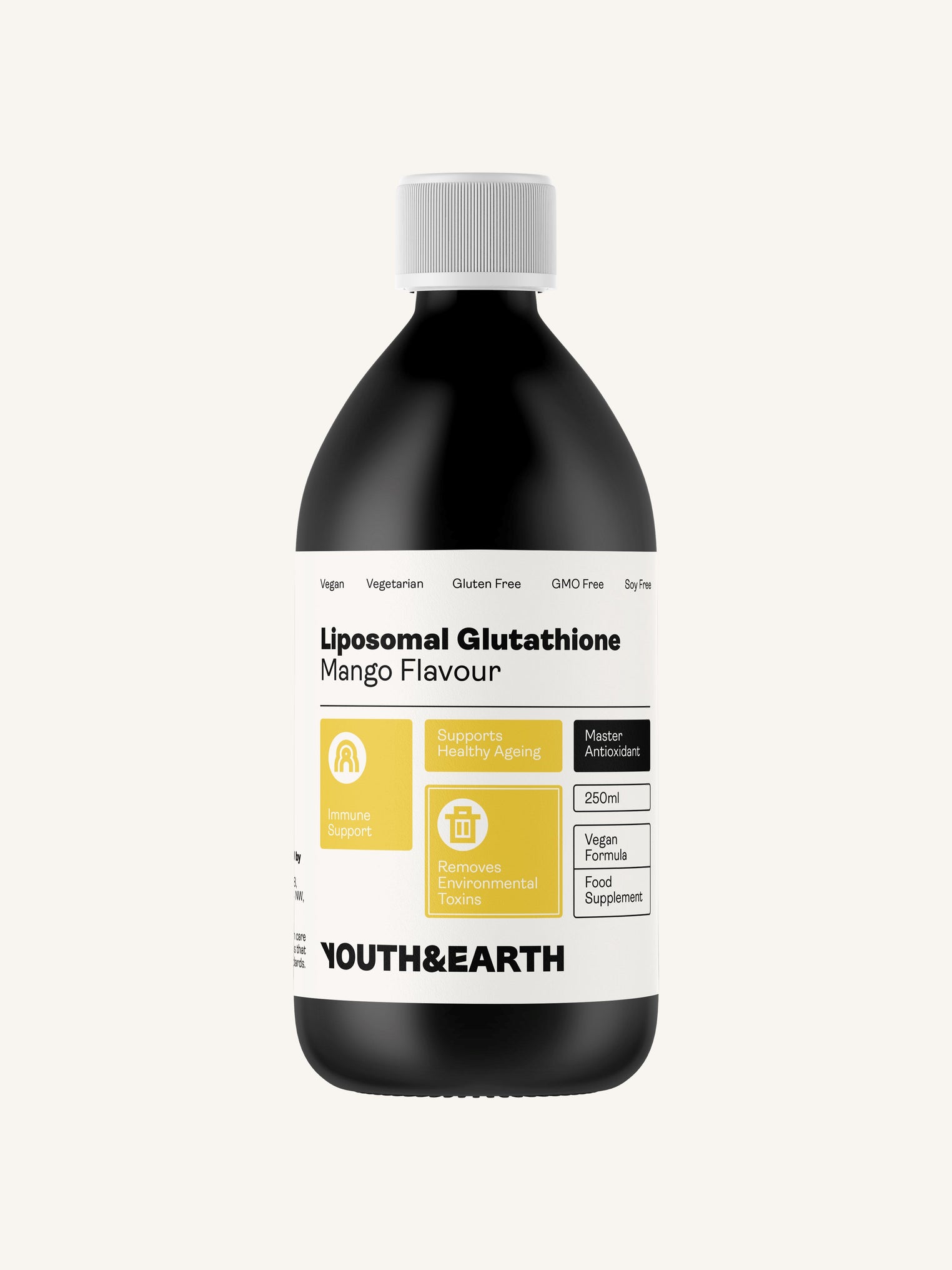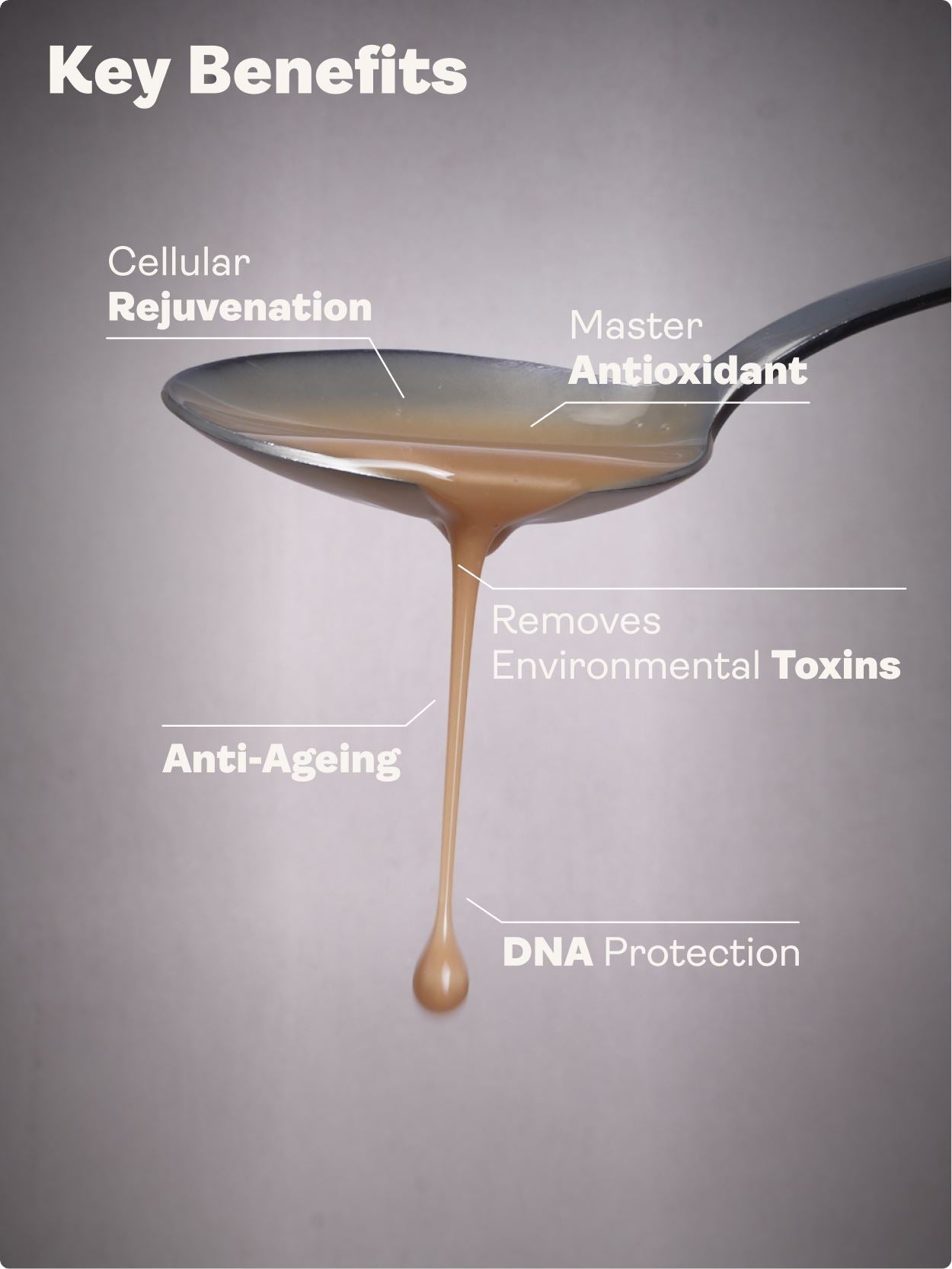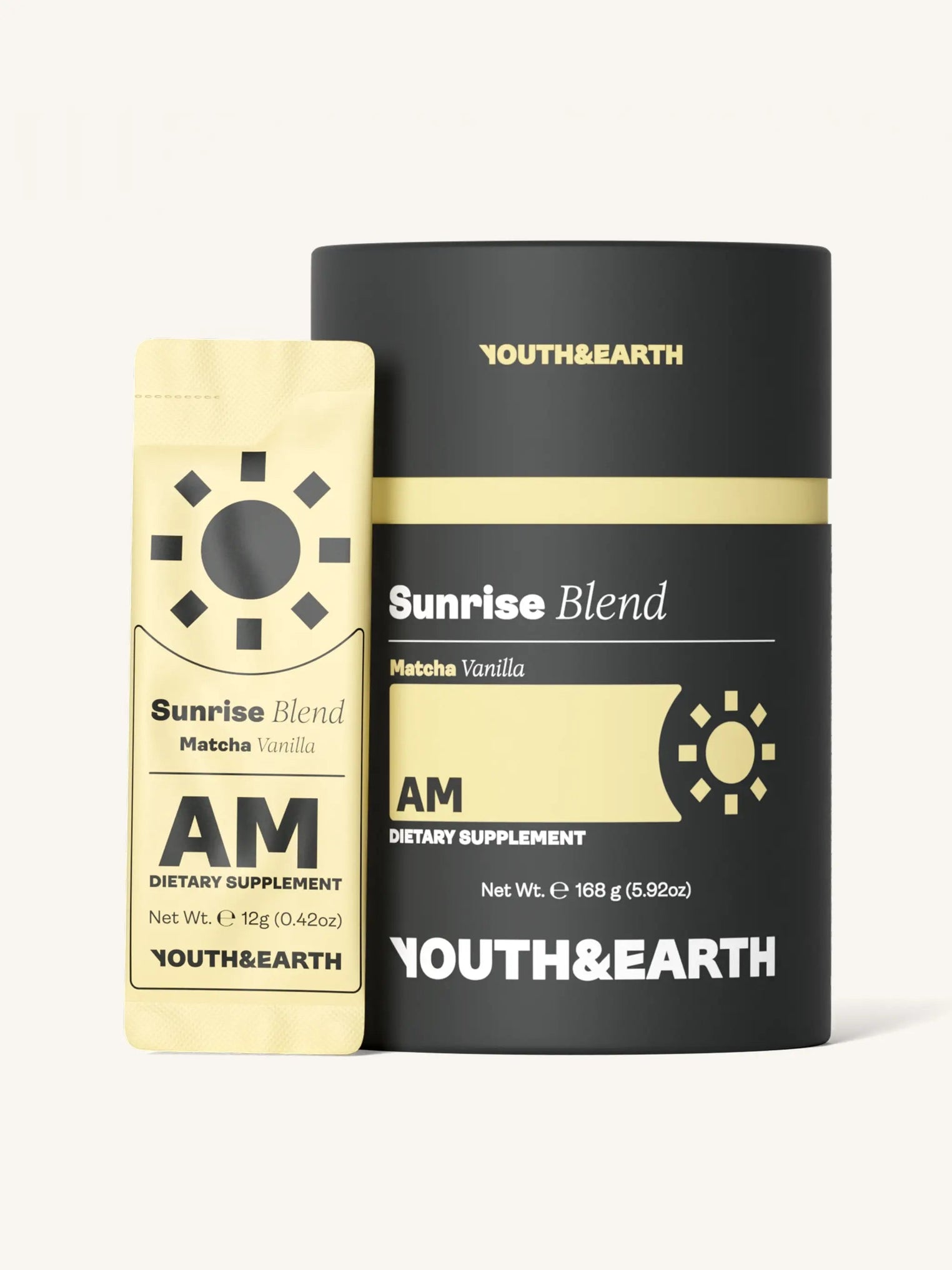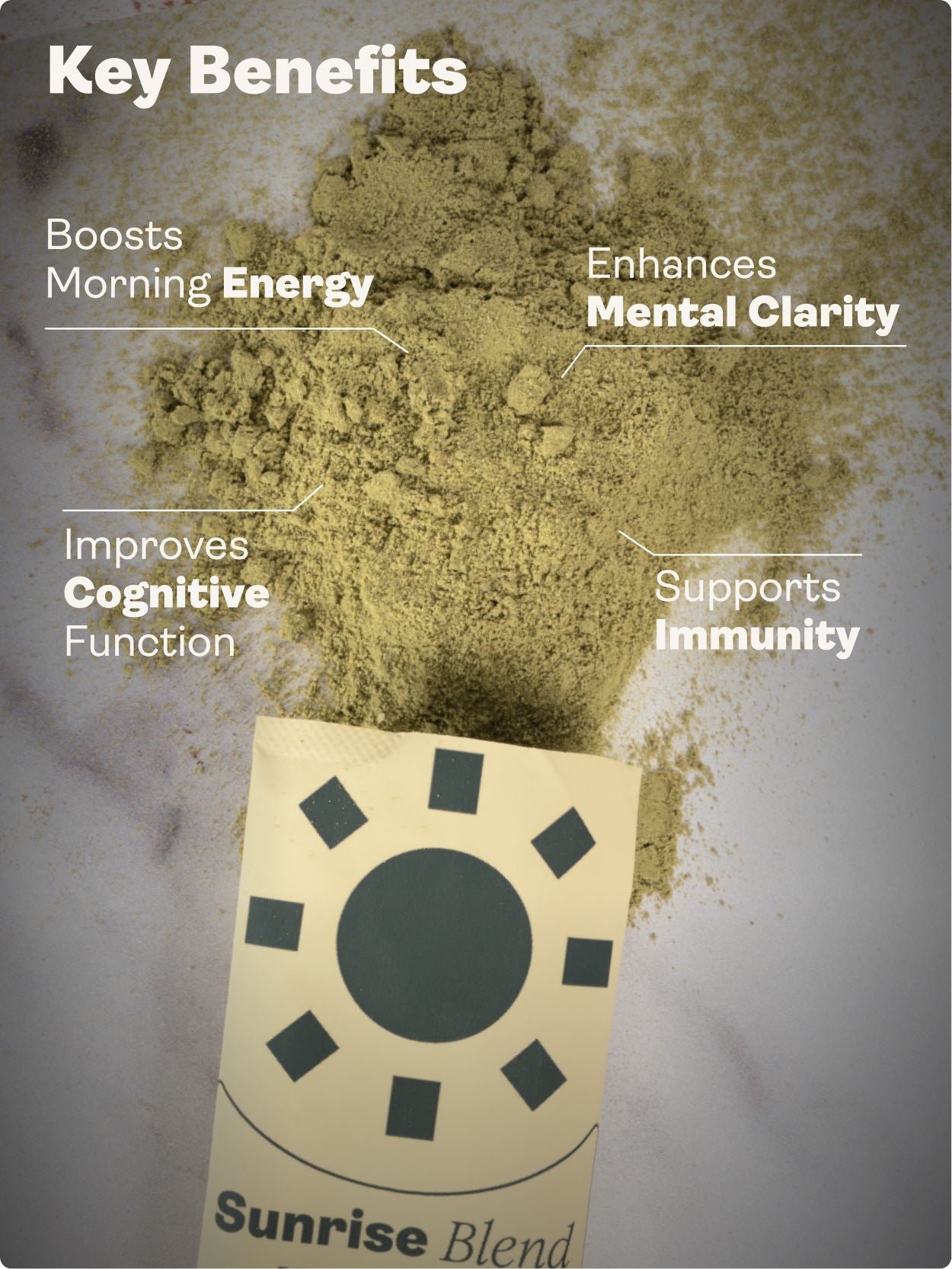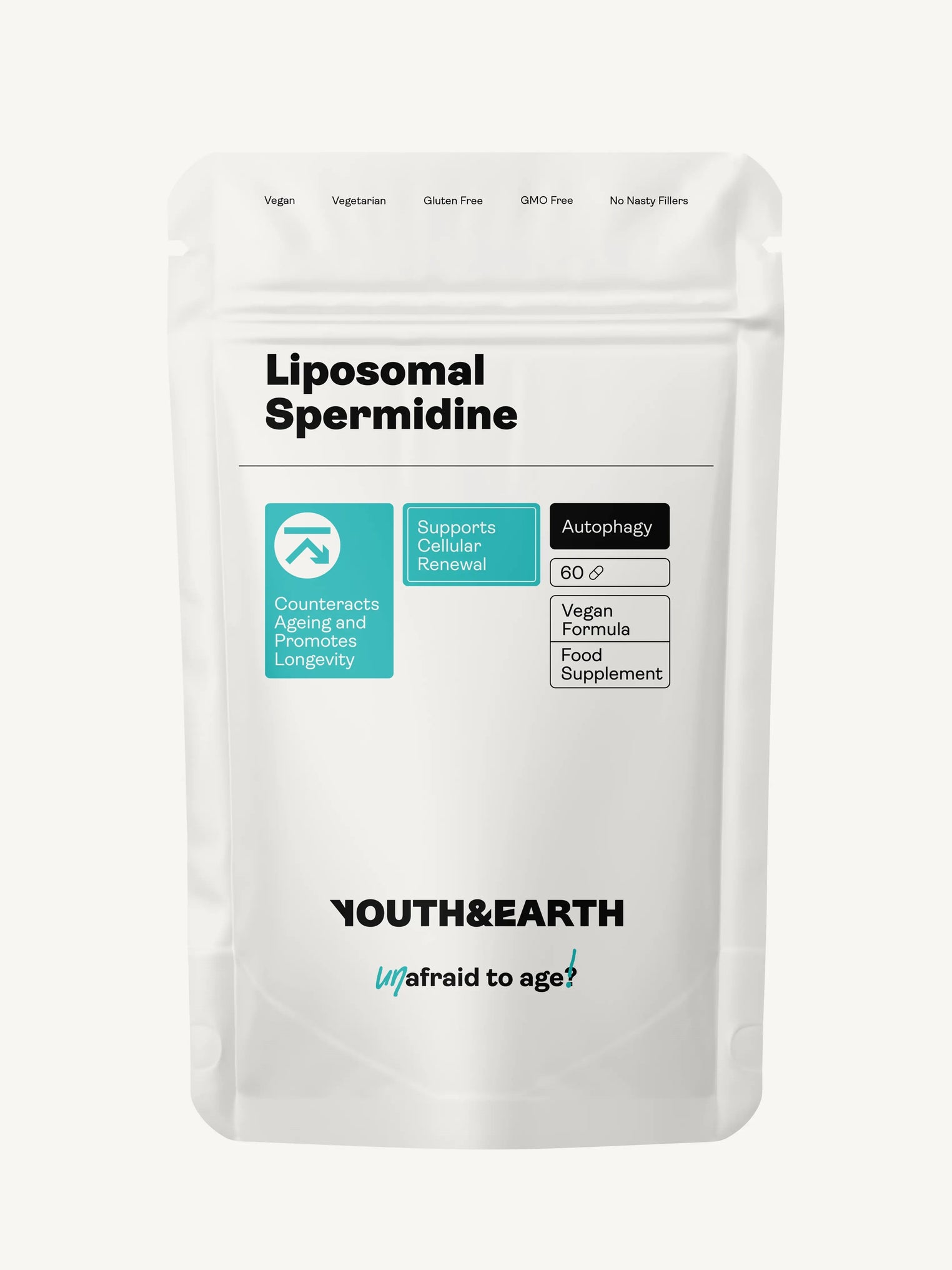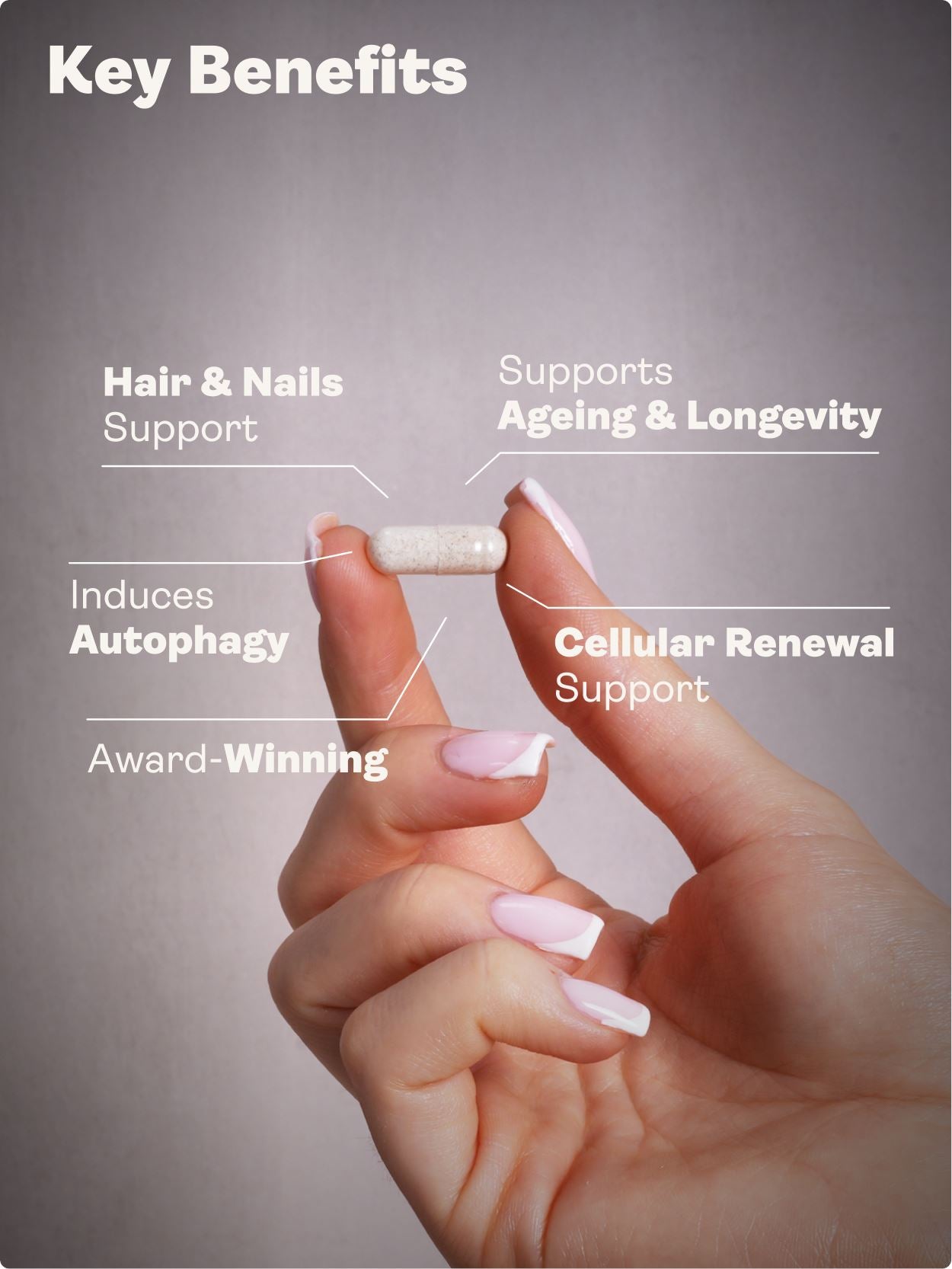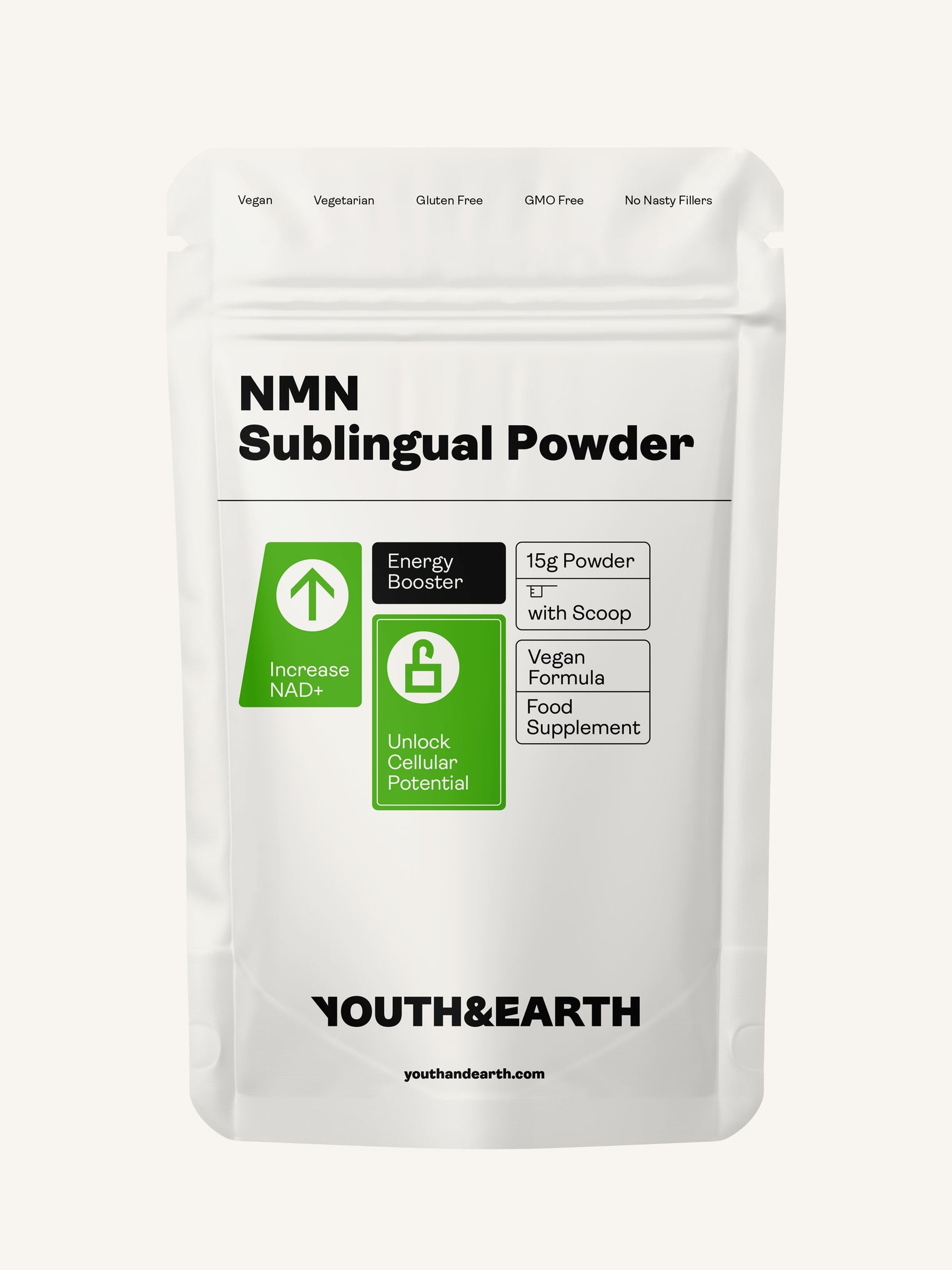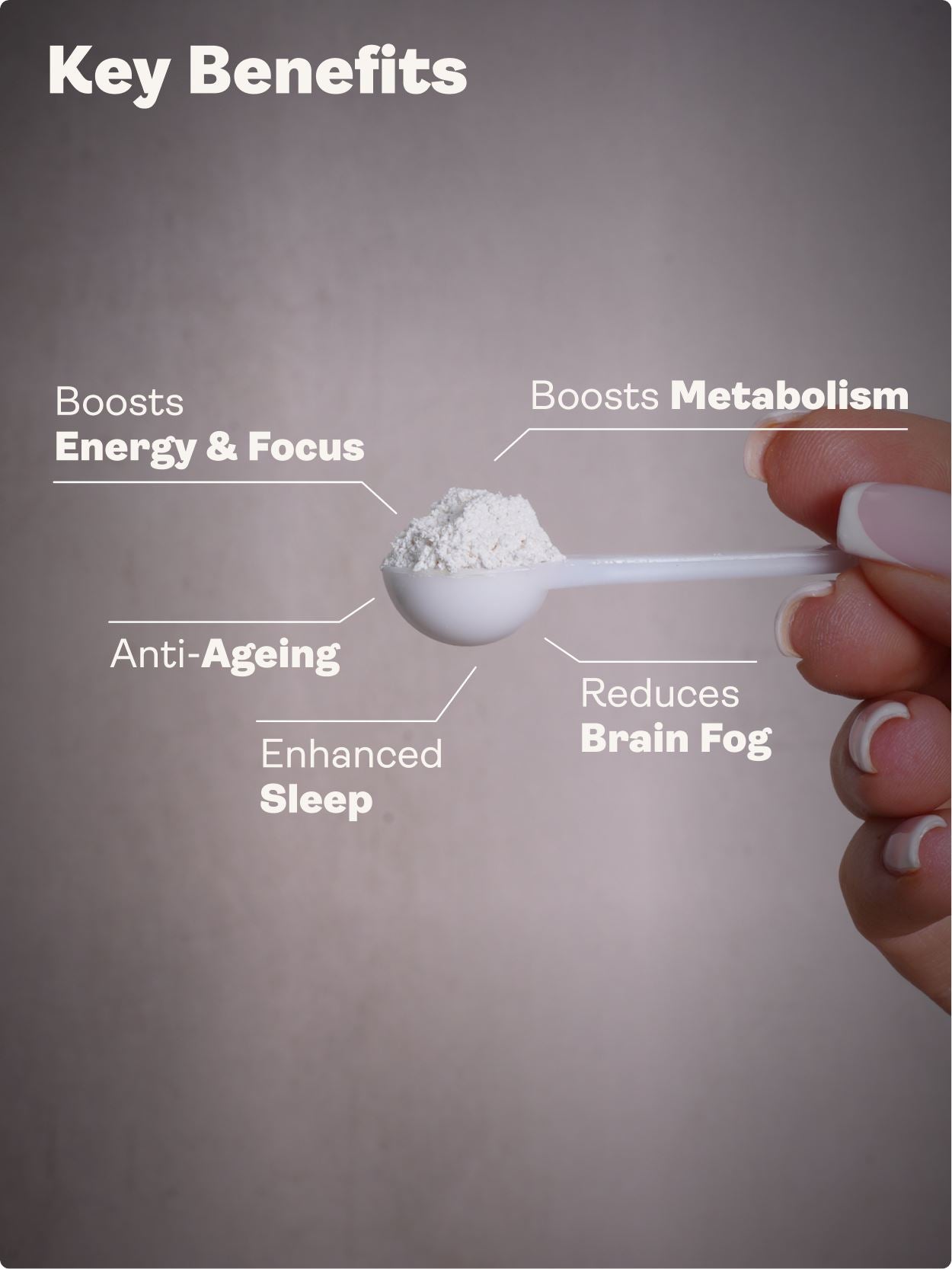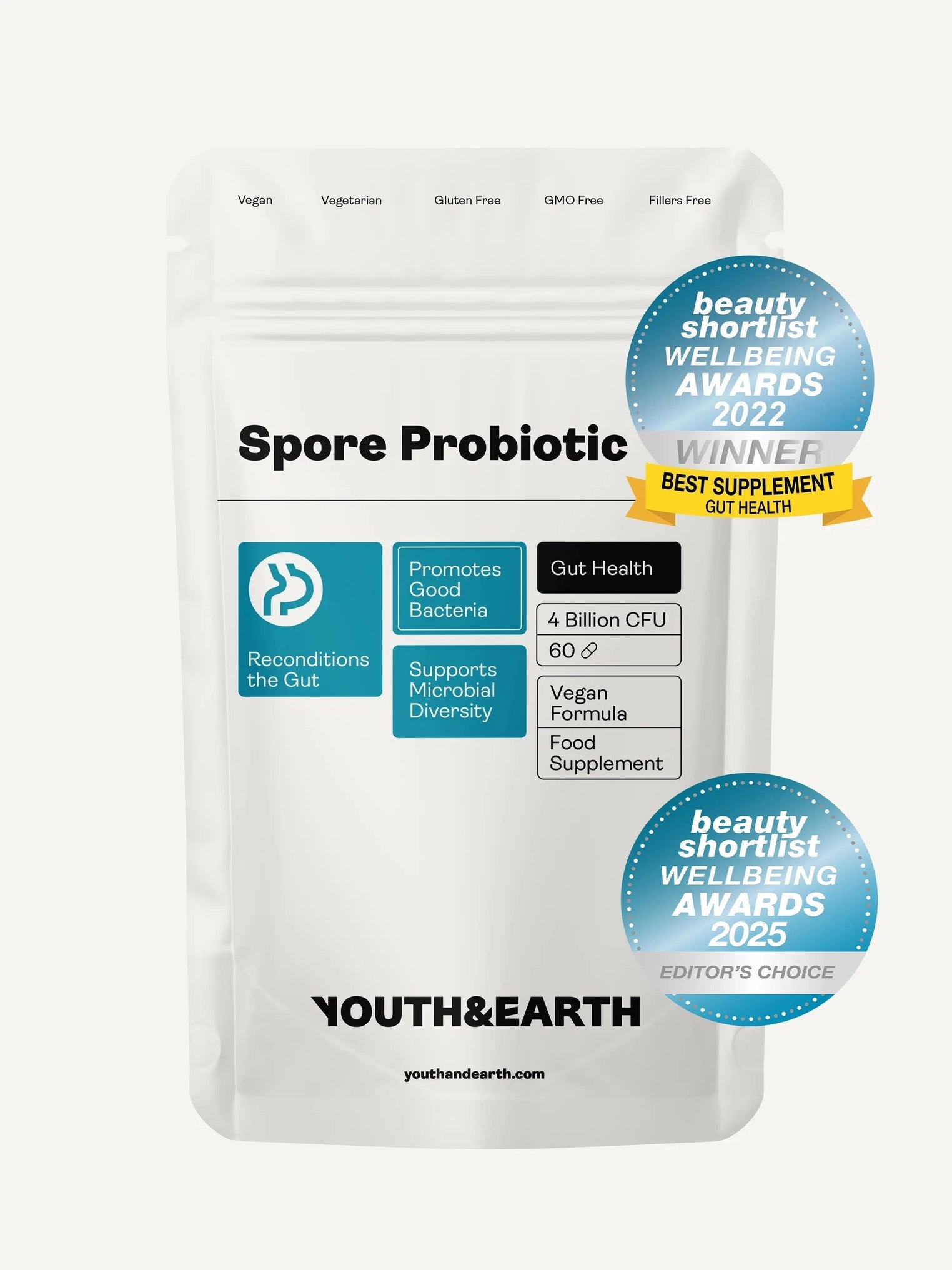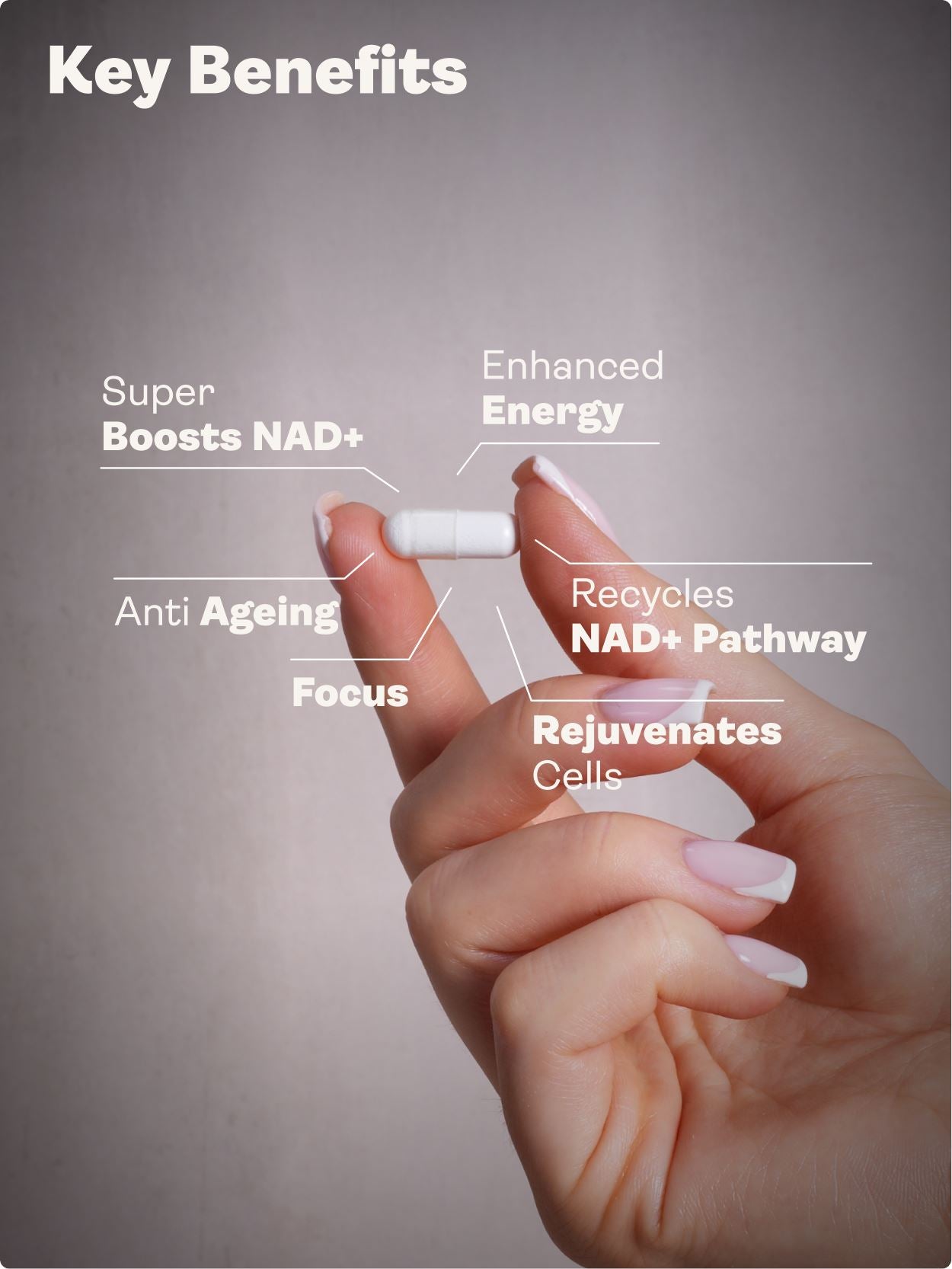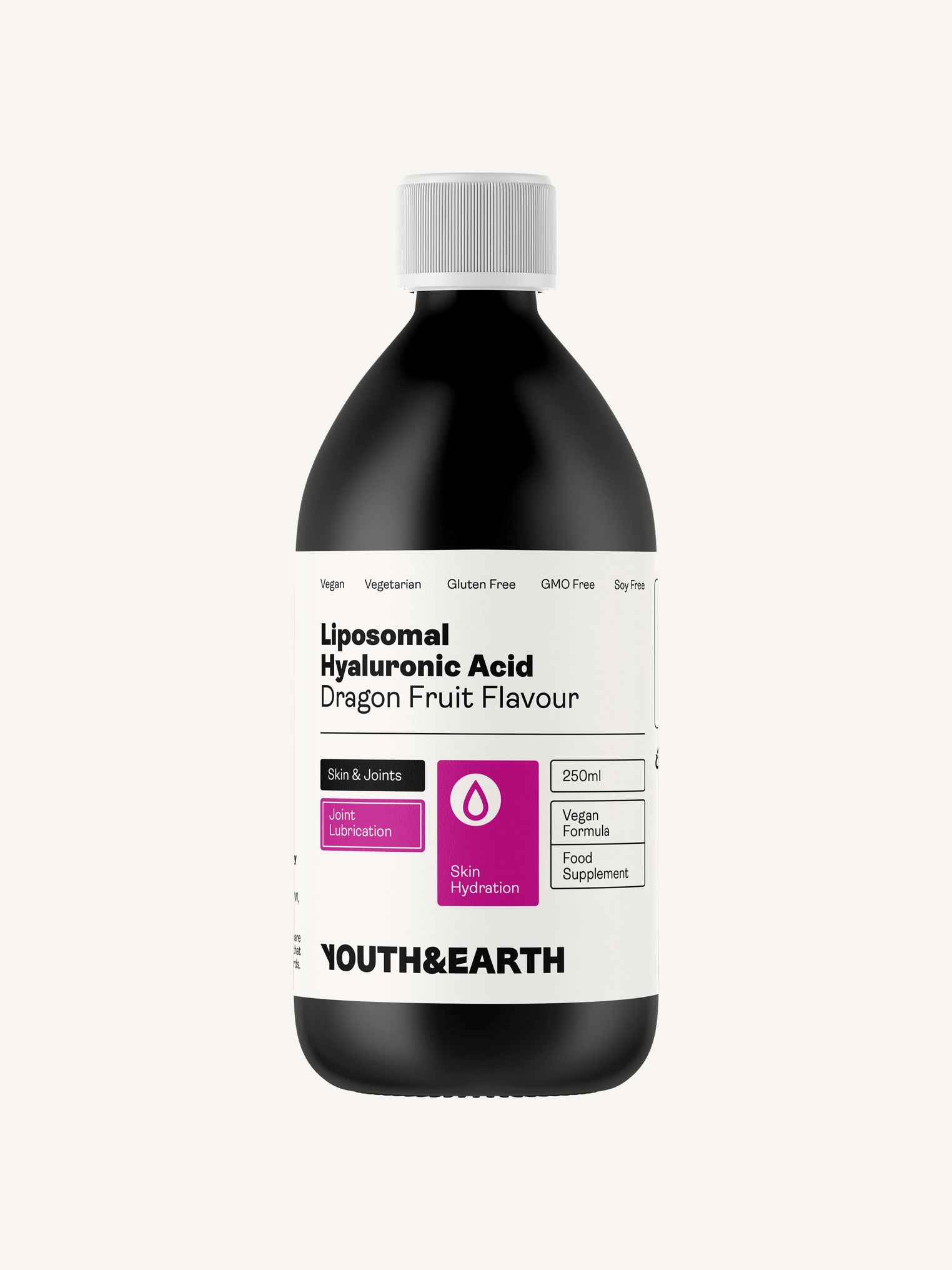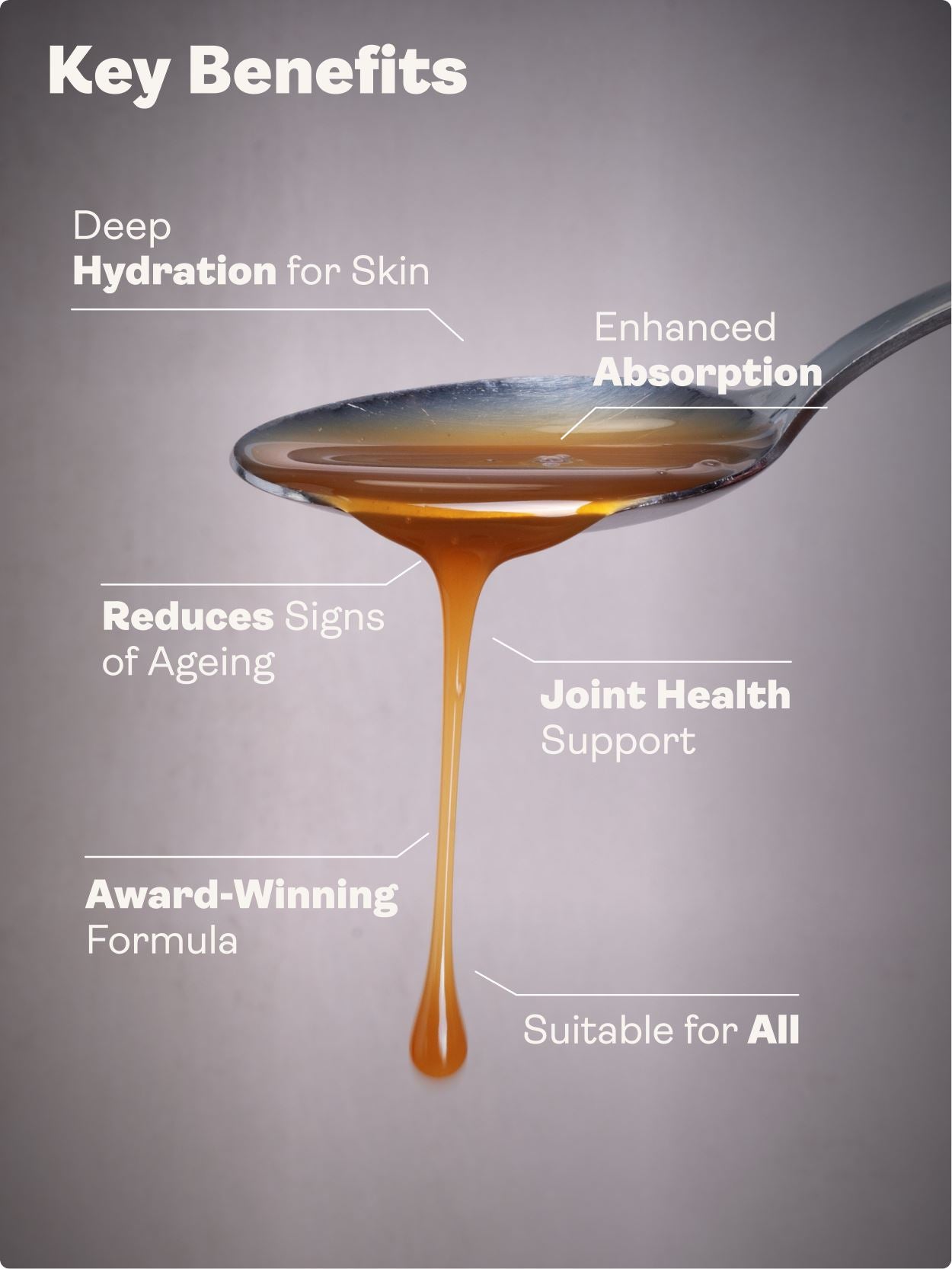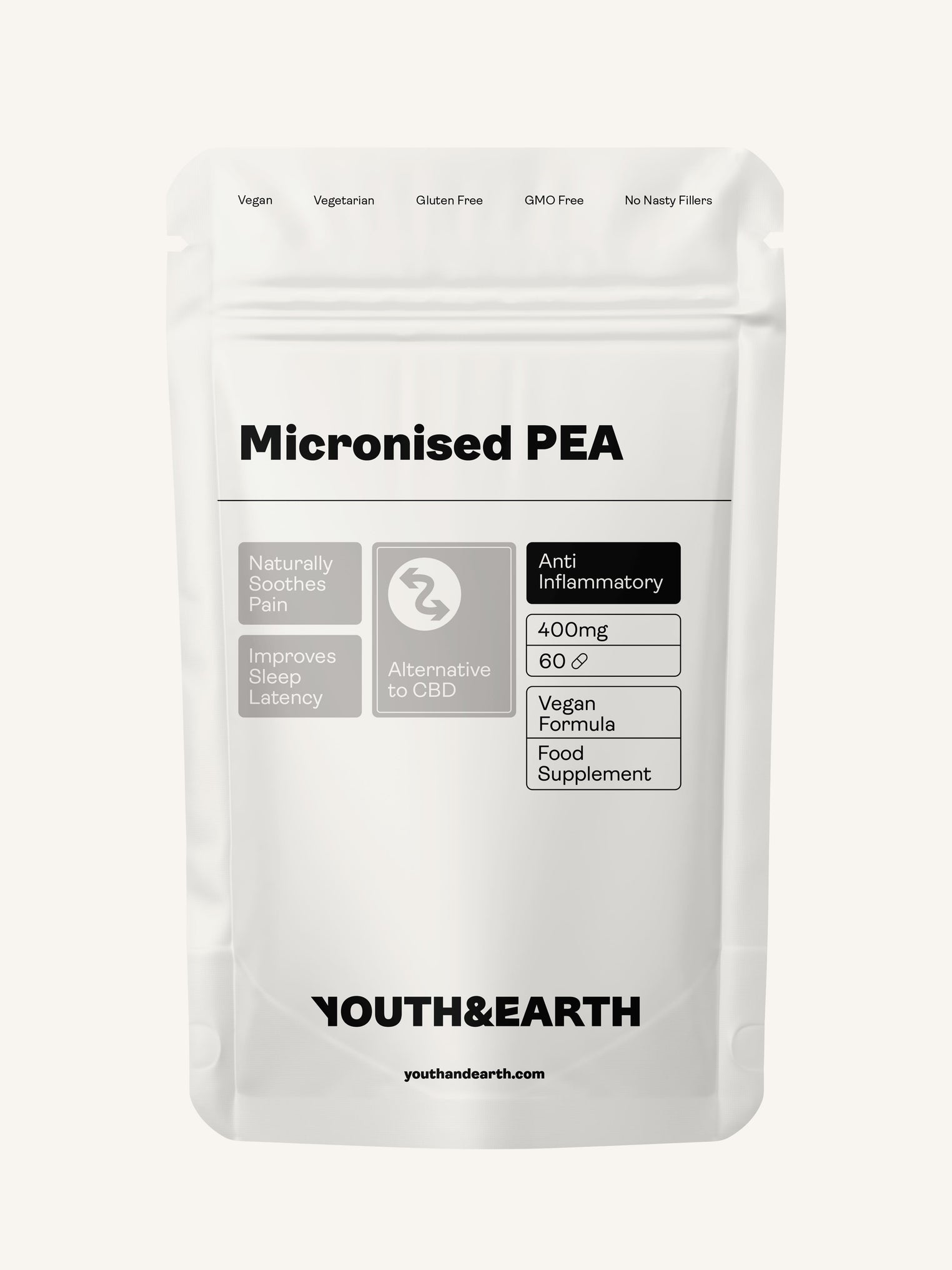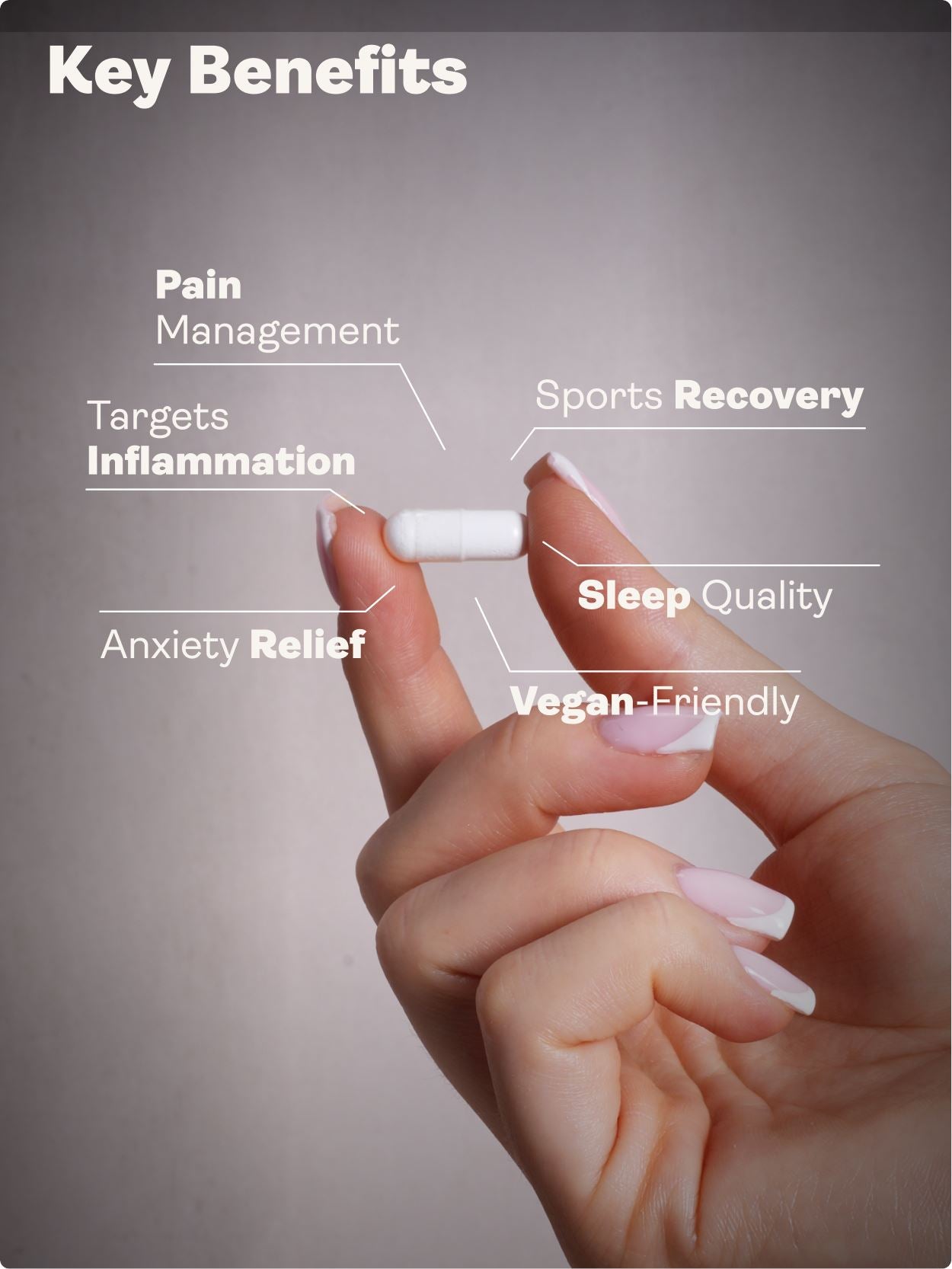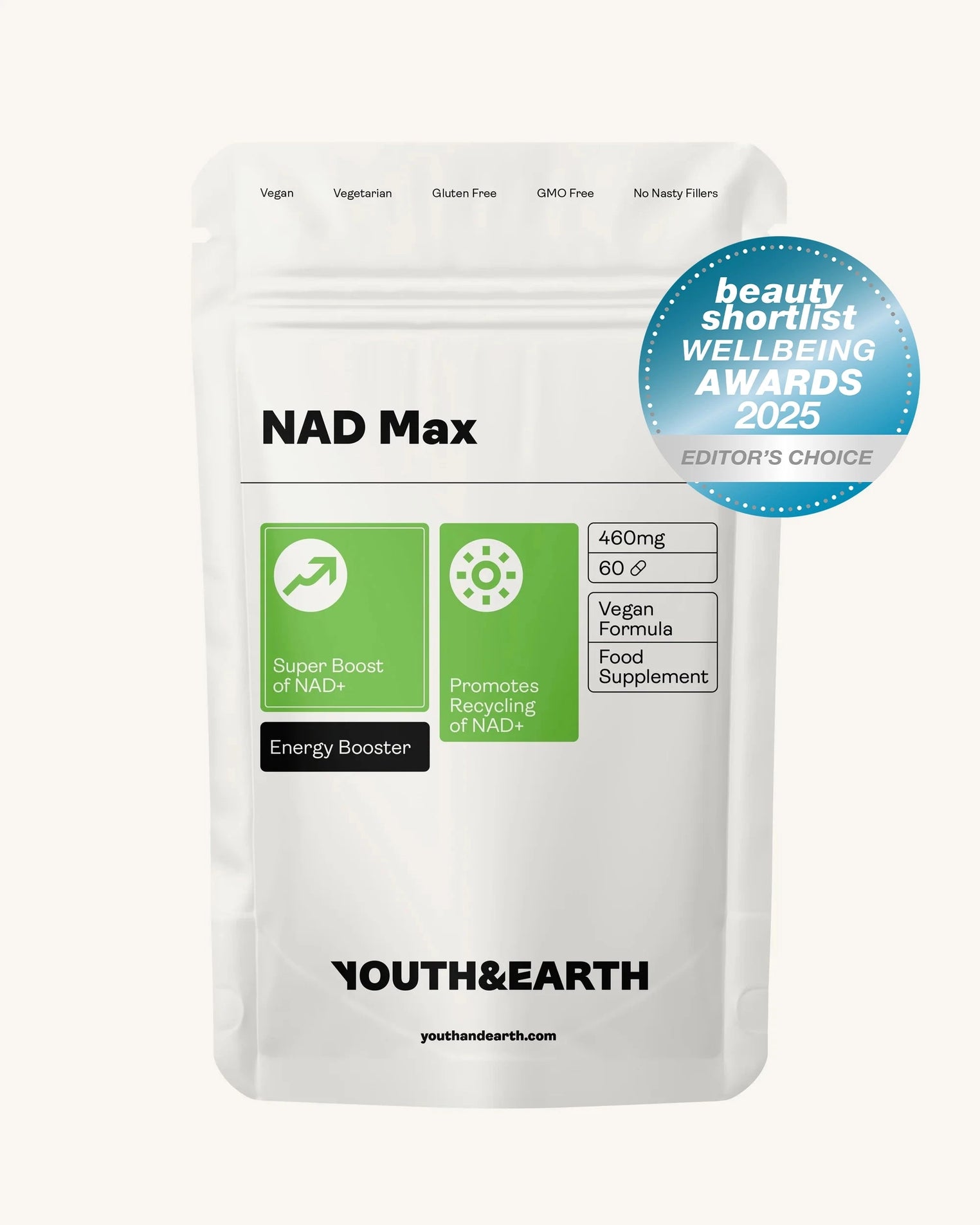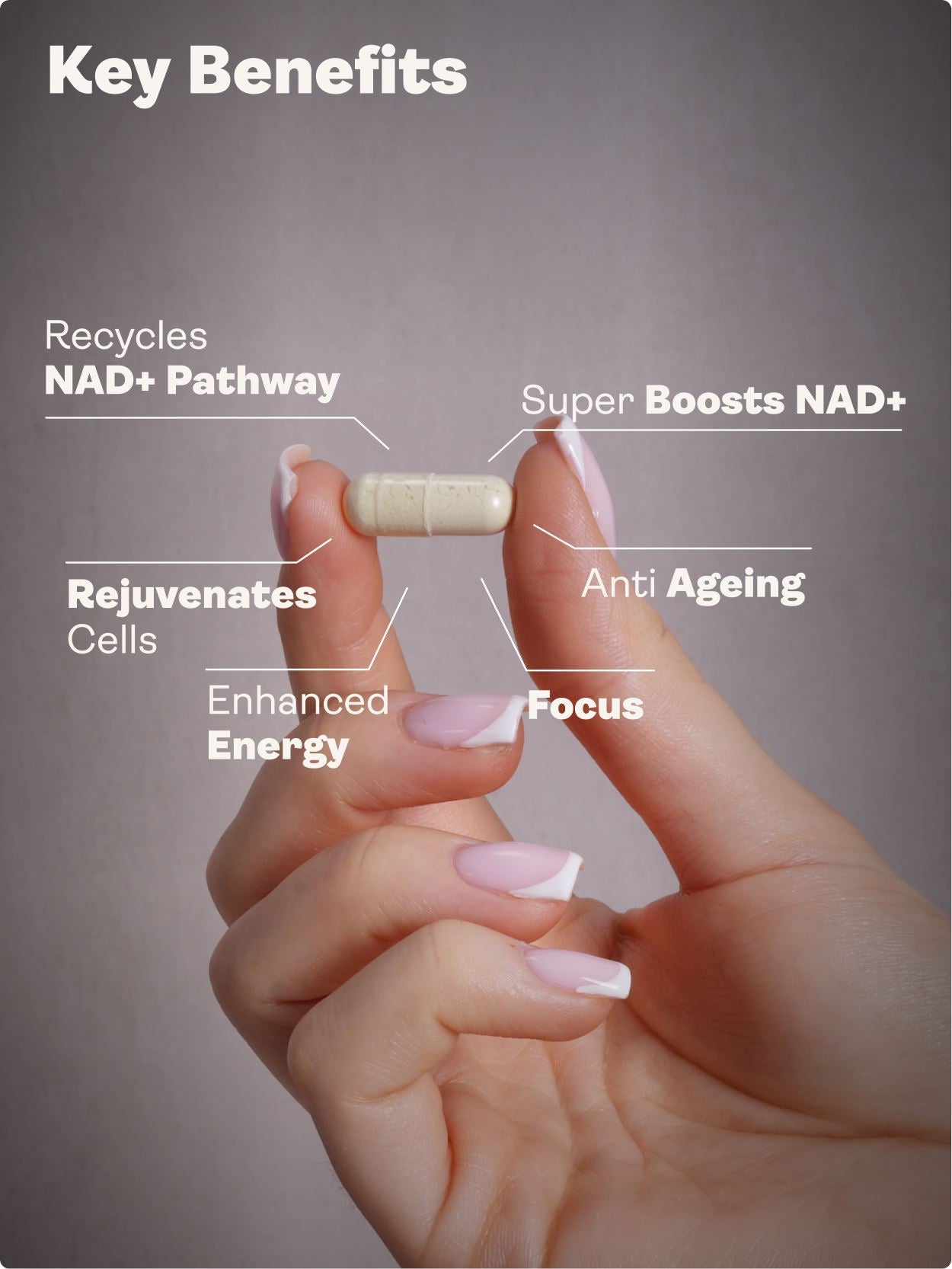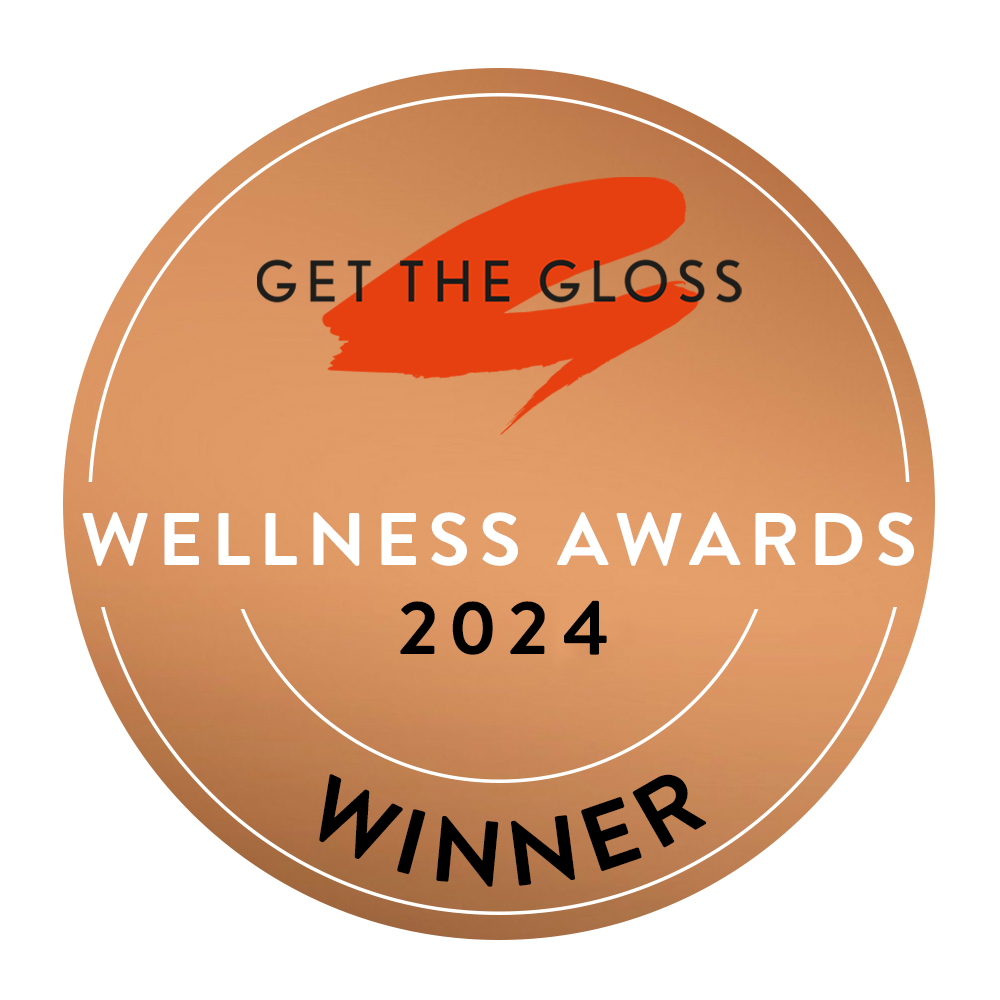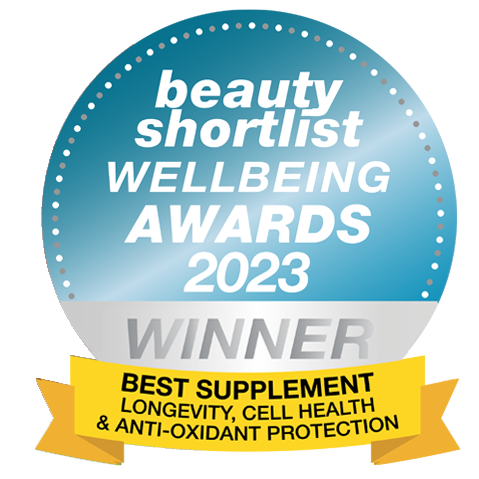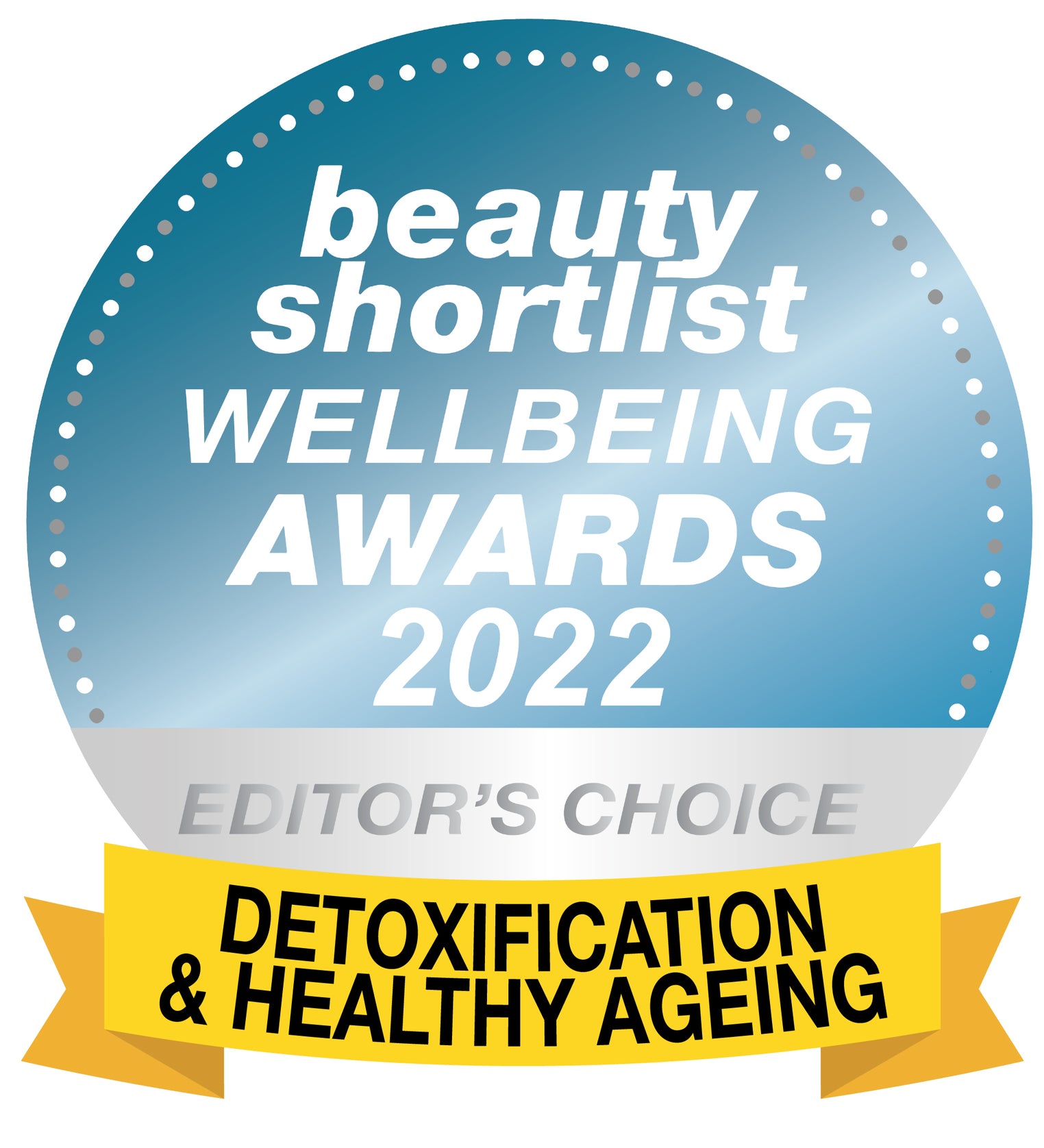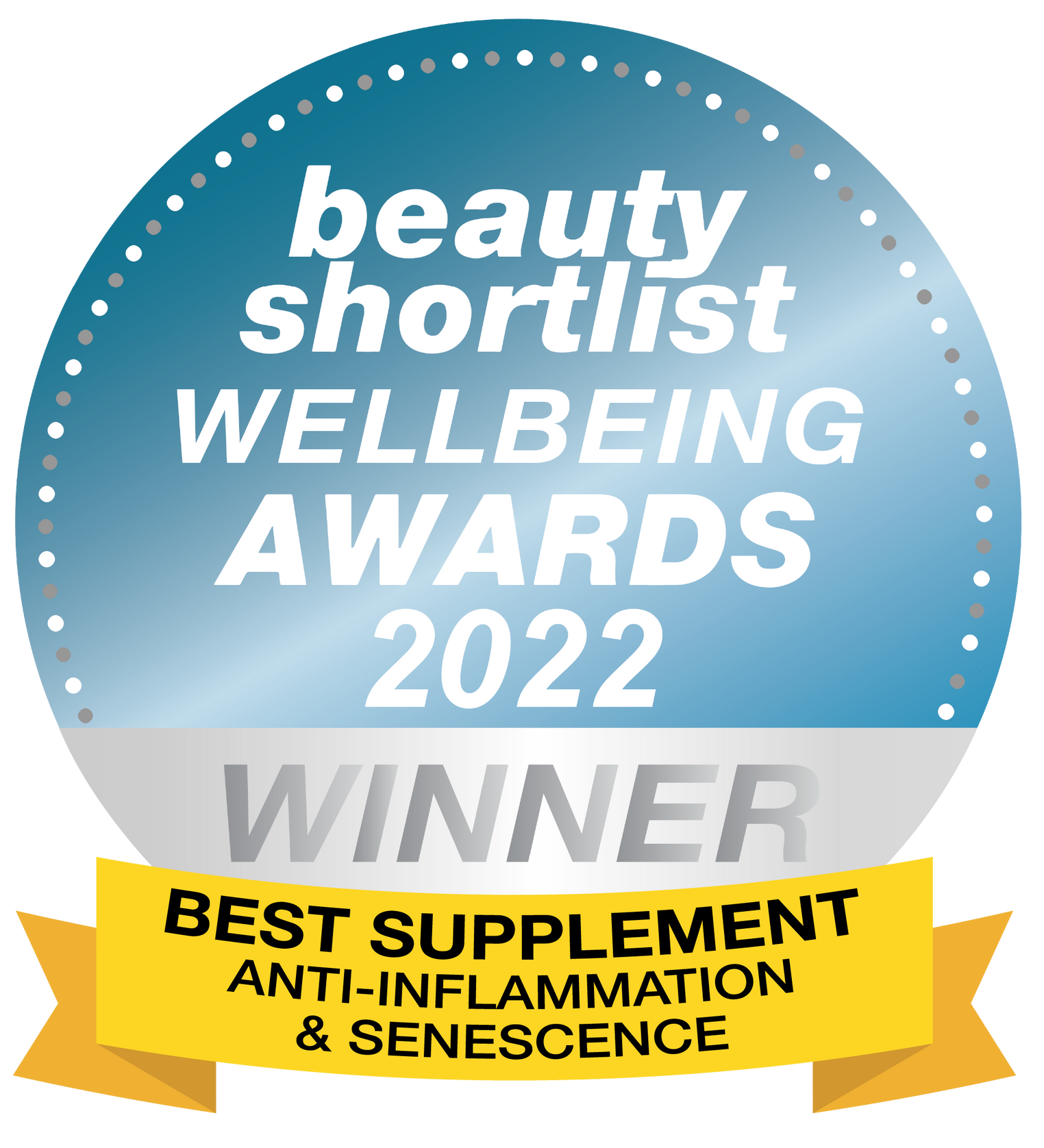Hallmarks of Aging: Can Understand Them Help Slow Cellular Decline?
Aging is driven by 12 biological Hallmarks of Aging, first outlined in a 2013 Cell study and expanded in 2023, which cause cellular and systemic decline. Biohacking strategies like NAD+ supplementation, antioxidant-rich diets, and exercise can mitigate these hallmarks, promoting anti-aging and longevity. This comprehensive guide explores all 12 hallmarks, offering actionable interventions to support cellular health and vitality.
TL;DR: Biohacking the 12 Hallmarks of Aging
The 12 Hallmarks of Aging, updated in a 2023 Cell study (DOI: 10.1016/j.cell.2022.11.001), drive age-related decline in mammals. Primary hallmarks (e.g., genomic instability, telomere attrition) cause cellular damage. Antagonistic hallmarks (e.g., mitochondrial dysfunction, cellular senescence) respond to this damage, while integrative hallmarks (e.g., stem cell exhaustion, chronic inflammation) result in functional decline. Biohacking with NMN, antioxidants (e.g., glutathione), exercise, and calorie restriction supports DNA repair, telomere protection, and cellular health, enhancing longevity.
Table of Contents
-
What Are the 12 Hallmarks of Aging?
-
Science Snapshot: Biohacking Aging
-
Hallmark 1: Genomic Instability - Ongoing DNA Damage
-
Hallmark 2: Telomere Attrition - Shortening of Protective Caps
-
Hallmark 3: Epigenetic Alterations - Changing Gene Instructions
-
Hallmark 4: Loss of Proteostasis - Protein Production Dysfunction
-
Hallmark 5: Disabled Macroautophagy - Impaired Cellular Cleanup
-
Hallmark 6: Deregulated Nutrient-Sensing - Impaired Nutrient Response
-
Hallmark 7: Mitochondrial Dysfunction - Declining Cellular Powerhouses
-
Hallmark 8: Cellular Senescence - Zombie Cells and Inflammation
-
Hallmark 9: Stem Cell Exhaustion - Reduced Regeneration
-
Hallmark 10: Altered Intercellular Communication - Broken Cellular Signals
-
Hallmark 11: Chronic Inflammation - Persistent Immune Overactivation
-
Hallmark 12: Dysbiosis - Gut Microbiome Imbalance
-
Conclusion: Biohacking for Longevity
-
Frequently Asked Questions (FAQ)
-
Glossary of Terms
-
About the Author & Last Updated
Science Snapshot: Biohacking Aging
The 12 Hallmarks of Aging, updated in a 2023 Cell study, explain cellular decline in mammals. Biohacking targets these to promote longevity. Key points include:
-
Primary Hallmarks (1–4): Genomic instability, telomere attrition, epigenetic alterations, and loss of proteostasis cause cellular damage.
-
Antagonistic Hallmarks (5–8): Disabled macroautophagy, deregulated nutrient-sensing, mitochondrial dysfunction, and cellular senescence respond to damage, becoming harmful if chronic.
-
Integrative Hallmarks (9–12): Stem cell exhaustion, altered intercellular communication, chronic inflammation, and dysbiosis drive functional decline.
-
Biohacking Strategies: NMN/NR boosts NAD+ for DNA repair; antioxidants (e.g., glutathione, fisetin) reduce oxidative stress; exercise and calorie restriction enhance autophagy and mitochondrial health.
Biohacking Tip: Combine NMN, a polyphenol-rich diet, and HIIT to target multiple hallmarks for anti-aging benefits.
What Are the 12 Hallmarks of Aging?
The 12 Hallmarks of Aging, first outlined in a 2013 Cell study (DOI: 10.1016/j.cell.2013.05.039) and expanded in 2023 (DOI: 10.1016/j.cell.2022.11.001), are biological processes causing systemic decline in mammals. These interconnected factors increase disease risk and reduce resilience. They are grouped into three categories:
|
Category |
Hallmarks |
Description |
|---|---|---|
|
Primary (1–4) |
Genomic Instability, Telomere Attrition, Epigenetic Alterations, Loss of Proteostasis |
Cause direct cellular damage, initiating age-related decline |
|
Antagonistic (5–8) |
Disabled Macroautophagy, Deregulated Nutrient-Sensing, Mitochondrial Dysfunction, Cellular Senescence |
Responses to primary damage; beneficial initially but harmful if chronic |
|
Integrative (9–12) |
Stem Cell Exhaustion, Altered Intercellular Communication, Chronic Inflammation, Dysbiosis |
Result from combined damage, driving physical aging |
This article covers all 12 hallmarks, offering biohacking strategies to mitigate their effects.
Hallmark 1: Genomic Instability - Ongoing DNA Damage
What Is Genomic Instability?
Genomic instability occurs when cell division defects alter DNA, failing to replicate the original genetic pattern. The genome, an organism’s complete DNA set, guides cell repair and function, including mitochondrial DNA. Damage from external factors (e.g., UV radiation, chemicals, viruses) and internal factors (e.g., reactive oxygen species) accumulates. Insufficient repairs lead to dysfunctional cells or mutations, contributing to diseases like cancer and aging.
Why It Matters
Genomic instability impairs cellular function, accelerating age-related decline and disease risk.
How It Works
Cells have repair mechanisms, but these weaken with age. Damaged DNA replication causes mutations, and dysfunctional cells harm tissues.
Biohacking Strategies to Prevent Genomic Instability
|
Strategy |
How It Works |
Tips/Recommendations |
|---|---|---|
|
Limit External Damage |
Reduces DNA-damaging factors |
Avoid sun exposure; quit smoking; exercise in clean air; use water filters; limit albacore tuna to 3x/month (Environmental Defense Fund) |
|
NAD+ Supplementation |
NMN boosts NAD+ (Nicotinamide Adenine Dinucleotide) for DNA repair |
Use Youth & Earth sublingual NMN |
|
Antioxidants |
Combat oxidative stress |
Take liposomal glutathione and alpha-lipoic acid (supports energy and antioxidant production) |
|
Exercise |
Enhances DNA repair |
Resistance training reduced genomic instability in elderly participants (6-month study) |
Biohacking Tip: Pair NMN with antioxidant-rich foods (e.g., berries, spinach) to enhance DNA repair and longevity. Explore NAD+ benefits.
Hallmark 2: Telomere Attrition - Shortening of Protective Caps
What Is Telomere Attrition?
Telomeres are protective DNA caps at chromosome ends, made of repeated sequences (~3,000 times). They regulate cell division, sacrificing length to protect DNA. Telomeres shorten with each division, accelerated by poor diet, smoking, stress, or inactivity. When too short, cells enter senescence or die, reducing healthy cell numbers and impairing tissue function, linked to Alzheimer’s and cancer.
Why It Matters
Telomere attrition limits cell division, causing poor tissue repair and organ function, driving aging.
How It Works
Telomeres protect chromosomes, but oxidative stress hastens shortening. Telomerase maintains telomere length but declines with age.
Biohacking Strategies to Slow Telomere Attrition
|
Strategy |
How It Works |
Tips/Recommendations |
|---|---|---|
|
Stress Management |
Reduces stress-induced shortening |
Practice mindfulness or meditation |
|
Healthy Diet & Exercise |
Supports telomerase, reduces inflammation |
Eat colorful fruits/vegetables, whole grains, lean proteins; regular exercise promotes longer telomeres |
|
NAD+ and Sirtuin Support |
NMN/NR boosts NAD+, activating sirtuins |
Use NMN/NR; combine with Preservage (trans-resveratrol, curcumin, quercetin, Bioperine) |
|
Anti-Inflammatory Supplements |
Reduces oxidative stress |
Take Vitamin D3 and Superba Krill Oil (Omega-3, astaxanthin, choline) |
Biohacking Tip: Combine NMN with yoga to protect telomeres and promote anti-aging. Learn about sirtuins.
Hallmark 3: Epigenetic Alterations - Changing Gene Instructions
What Are Epigenetic Alterations?
Epigenetic alterations change gene expression instructions, determining cell types (e.g., liver vs. skin cells). Environmental factors like diet or pollution disrupt these instructions, impairing cell function and accelerating aging.
Why It Matters
Altered gene expression disrupts cellular roles, contributing to age-related decline.
How It Works
Epigenetics guides gene expression. Aging and stressors alter this, leading to improper cell function.
Biohacking Strategies to Slow Epigenetic Alterations
|
Strategy |
How It Works |
Tips/Recommendations |
|---|---|---|
|
Nutrient-Rich Diet |
Polyphenols, flavonoids, sulforaphane regulate epigenomes |
Eat broccoli (sulforaphane), berries; practice calorie restriction |
|
Exercise |
Stabilizes gene expression |
Engage in aerobic or resistance training |
|
Supplements |
Support epigenetic regulation |
Use Releaf (berberine, PQQ, silymarin) to activate AMPK; take NMN/NR for NAD+ |
Biohacking Tip: Pair a polyphenol-rich diet (e.g., green tea) with Releaf for epigenetic health.
Hallmark 4: Loss of Proteostasis - Protein Production Dysfunction
What Is Loss of Proteostasis?
Proteostasis ensures proteins (enzymes, hormones, structures) are produced and degraded correctly. Aging disrupts this, causing insufficient, excessive, or misfolded proteins (aggregates), linked to Alzheimer’s and Parkinson’s. Stressors like oxidation or pollution contribute.
Why It Matters
Protein aggregates impair cellular health, driving age-related diseases.
How It Works
Proteostasis maintains protein quality. Age-related decline causes harmful protein buildup.
Biohacking Strategies to Prevent Loss of Proteostasis
|
Strategy |
How It Works |
Tips/Recommendations |
|---|---|---|
|
Exercise |
Stabilizes protein production |
Resistance training improved proteostasis in hypertensive individuals |
|
Supplements |
Clear protein aggregates |
Use Releaf (berberine, curcumin); take NMN/NR for mitochondrial proteostasis |
|
Healthy Diet |
Provides amino acids |
Eat lean proteins (e.g., fish, eggs) and vegetables |
Biohacking Tip: Combine Releaf with resistance training to clear protein aggregates and enhance longevity.
Hallmark 5: Disabled Macroautophagy - Impaired Cellular Cleanup
What Is Disabled Macroautophagy?
Macroautophagy (autophagy) is the cell’s recycling system, clearing damaged proteins and organelles to maintain health. Aging impairs autophagy, leading to waste accumulation, which exacerbates protein aggregates and mitochondrial dysfunction, contributing to diseases like Alzheimer’s and cardiovascular issues.
Why It Matters
Disabled macroautophagy causes cellular waste buildup, accelerating aging and disease.
How It Works
Autophagy recycles damaged components. Age-related decline, driven by oxidative stress or nutrient-sensing issues, impairs this process, harming cellular function.
Biohacking Strategies to Enhance Autophagy
|
Strategy |
How It Works |
Tips/Recommendations |
|---|---|---|
|
Calorie Restriction |
Activates autophagy via AMPK |
Practice intermittent fasting or reduce calories by 10–30% |
|
Exercise |
Stimulates autophagy |
Include HIIT or endurance training |
|
Supplements |
Enhance autophagic pathways |
Use Releaf (berberine) to activate AMPK; take spermidine to boost autophagy |
Biohacking Tip: Pair intermittent fasting with spermidine supplements to enhance autophagy and support longevity. Learn about AMPK.
Hallmark 6: Deregulated Nutrient-Sensing - Impaired Nutrient Response
What Is Deregulated Nutrient-Sensing?
Nutrient-sensing allows cells to detect and respond to nutrient levels (e.g., sugars, amino acids). Four pathways—IIS (insulin/insulin-like growth factor), mTOR, AMPK, and sirtuins—regulate metabolism and aging. Mitochondrial dysfunction and oxidative stress impair these pathways, leading to diabetes and metabolic syndrome.
|
Pathway |
Role |
Impact of Deregulation |
|---|---|---|
|
IIS |
Regulates glucose |
High levels linked to diabetes, shorter lifespan |
|
mTOR |
Senses protein abundance |
High levels linked to cancer, autoimmune issues |
|
AMPK |
Senses nutrient scarcity |
Low levels linked to obesity, inflammation |
|
Sirtuins |
Regulate metabolism |
Low levels (due to low NAD+) linked to aging |
Why It Matters
Impaired nutrient-sensing disrupts metabolism, accelerating aging and chronic diseases.
How It Works
Damaged mitochondria impair nutrient-sensing pathways, disrupting glucose and protein regulation.
Biohacking Strategies to Support Nutrient-Sensing
|
Strategy |
How It Works |
Tips/Recommendations |
|---|---|---|
|
Calorie Restriction |
Reduces IIS/mTOR, activates AMPK/sirtuins |
Reduce calories by 10–30% or practice intermittent fasting |
|
Supplements |
Regulate pathways |
Use Releaf (berberine, PQQ, silymarin) for AMPK; Preservage (resveratrol) for sirtuins; NMN/NR for NAD+ |
|
Healthy Diet |
Supports nutrient balance |
Eat whole grains, lean proteins, vegetables |
Biohacking Tip: Pair Releaf with intermittent fasting to activate AMPK and enhance longevity.
Hallmark 7: Mitochondrial Dysfunction - Declining Cellular Powerhouses
What Is Mitochondrial Dysfunction?
Mitochondria produce ATP for energy, generating reactive oxygen species (ROS). Excessive ROS from poor antioxidant response causes oxidative stress. Mitochondrial DNA undergoes age-related damage, impairing energy production, immune function, and cell survival, contributing to diabetes, Alzheimer’s, and Parkinson’s.
Why It Matters
Mitochondrial dysfunction reduces ATP, affecting cellular function and exacerbating other hallmarks.
How It Works
Damaged mitochondrial membranes or proteins disrupt energy production. Faulty repair systems cause oxidative stress, harming tissues.
Biohacking Strategies to Support Mitochondrial Health
|
Strategy |
How It Works |
Tips/Recommendations |
|---|---|---|
|
Antioxidant-Rich Diet |
Reduces oxidative stress |
Eat berries, spinach, wild-caught fish; choose organic produce |
|
Calorie Restriction |
Reduces ROS, activates AMPK/sirtuins |
Practice intermittent fasting |
|
Exercise |
Increases mitochondrial size/number |
Include HIIT and resistance training |
|
Cold Exposure |
Activates AMPK, boosts mitochondria |
Try cold showers or swimming |
|
Supplements |
Support mitochondrial function |
Use NMN/NR for NAD+; Preservage (resveratrol, curcumin); Superba Krill Oil (choline); L-carnitine and alpha-lipoic acid |
Biohacking Tip: Combine NMN and cold exposure to boost mitochondrial biogenesis and longevity.
Hallmark 8: Cellular Senescence - Zombie Cells and Inflammation
What Is Cellular Senescence?
Cellular senescence occurs when cells stop dividing (Hayflick Limit) due to telomere attrition, DNA damage, or oxidative stress. Senescent “zombie cells” release proinflammatory cytokines, causing inflammation (inflammaging). Normally cleared by the immune system, they accumulate with age, exacerbating aging and diseases like cancer.
Why It Matters
Senescent cell accumulation drives inflammation, impairing tissue function and promoting aging.
How It Works
Senescent cells release cytokines, inducing senescence in nearby cells and worsening cellular decline.
Biohacking Strategies to Clear Senescent Cells
|
Strategy |
How It Works |
Tips/Recommendations |
|---|---|---|
|
Support Immune System |
Enhances clearance of senescent cells |
Take liposomal Vitamin C for immune support |
|
Senolytics |
Destroy senescent cells |
Use Preservage (quercetin) or fisetin (strawberries, apples) |
|
Healthy Diet |
Reduces oxidative stress |
Eat fisetin-rich foods (e.g., strawberries, onions) |
Biohacking Tip: Combine Preservage with Vitamin C to clear senescent cells and reduce inflammation.
Hallmark 9: Stem Cell Exhaustion - Reduced Regeneration
What Is Stem Cell Exhaustion?
Stem cells regenerate tissues, support immune function, and produce blood cells. Aging reduces their division rate and quality due to DNA damage, telomere attrition, and inflammaging, leading to poor tissue repair and diseases like Alzheimer’s.
Why It Matters
Stem cell exhaustion limits tissue regeneration, driving functional decline.
How It Works
DNA damage and inflammation impair stem cell function, reducing regenerative capacity.
Biohacking Strategies to Support Stem Cells
|
Strategy |
How It Works |
Tips/Recommendations |
|---|---|---|
|
Reduce Toxins |
Minimizes oxidative stress |
Use water filters; avoid large fish (e.g., tuna) |
|
Healthy Diet & Exercise |
Supports stem cell function |
Eat antioxidant-rich foods; include resistance training |
|
Supplements |
Protects cells and detoxifies |
Take liposomal glutathione for detoxification |
Biohacking Tip: Pair glutathione with a nutrient-rich diet to support stem cell health and longevity.
Hallmark 10: Altered Intercellular Communication - Broken Cellular Signals
What Is Altered Intercellular Communication?
Cells communicate via signaling pathways (e.g., endocrine, neuronal). Inflammaging from senescent cells, dysfunctional immunity, and NF-κB overactivation disrupt these signals, impairing cell function and immune response, leading to muscle loss and chronic diseases.
Why It Matters
Disrupted communication causes systemic decline, exacerbating aging.
How It Works
Inflammaging and NF-κB overactivation impair signaling, causing cells to misinterpret signals.
Biohacking Strategies to Improve Cellular Communication
|
Strategy |
How It Works |
Tips/Recommendations |
|---|---|---|
|
Reduce Inflammation |
Inhibits NF-κB and inflammaging |
Use Superba Krill Oil for anti-inflammatory effects |
|
NAD+ Supplementation |
Activates sirtuins for signaling |
Take NMN/NR to boost NAD+ |
|
Healthy Diet |
Reduces oxidative stress |
Eat anti-inflammatory foods (e.g., berries, leafy greens) |
Biohacking Tip: Combine Krill Oil with NMN to reduce inflammation and improve cellular signaling.
Hallmark 11: Chronic Inflammation - Persistent Immune Overactivation
What Is Chronic Inflammation?
Chronic inflammation, or inflammaging, is persistent low-grade inflammation driven by senescent cells, dysbiosis, and immune dysfunction. It exacerbates all hallmarks, contributing to diseases like arthritis, diabetes, and cardiovascular issues.
Why It Matters
Chronic inflammation amplifies cellular damage, accelerating aging and disease.
How It Works
Senescent cells and gut dysbiosis release proinflammatory cytokines, overactivating pathways like NF-κB, disrupting tissue function.
Biohacking Strategies to Reduce Chronic Inflammation
|
Strategy |
How It Works |
Tips/Recommendations |
|---|---|---|
|
Anti-Inflammatory Diet |
Reduces cytokine production |
Eat omega-3-rich foods (e.g., salmon, walnuts), berries, leafy greens |
|
Supplements |
Inhibit inflammatory pathways |
Use Superba Krill Oil (Omega-3); curcumin (in Preservage) |
|
Stress Management |
Lowers inflammation |
Practice meditation or yoga |
Biohacking Tip: Pair Krill Oil with a Mediterranean diet to combat inflammaging and support longevity.
Hallmark 12: Dysbiosis - Gut Microbiome Imbalance
What Is Dysbiosis?
Dysbiosis is an imbalance in the gut microbiome, disrupting beneficial bacteria and increasing harmful ones. Aging, poor diet, and antibiotics contribute, leading to inflammation and impaired nutrient absorption, exacerbating other hallmarks.
Why It Matters
Dysbiosis drives inflammation and metabolic dysfunction, accelerating aging.
How It Works
An imbalanced microbiome increases proinflammatory signals, impairing immune and metabolic functions.
Biohacking Strategies to Restore Gut Health
|
Strategy |
How It Works |
Tips/Recommendations |
|---|---|---|
|
Probiotic-Rich Diet |
Restores beneficial bacteria |
Eat fermented foods (e.g., yogurt, kimchi, sauerkraut) |
|
Prebiotics |
Feed healthy gut bacteria |
Include fiber-rich foods (e.g., garlic, onions, bananas) |
|
Supplements |
Support microbiome balance |
Take probiotics or synbiotics; use Releaf to reduce inflammation |
Biohacking Tip: Combine probiotics with prebiotic-rich foods to restore gut balance and reduce inflammaging.
Conclusion: Biohacking for Longevity
The 12 Hallmarks of Aging drive cellular decline, but biohacking offers powerful tools to mitigate their effects. NAD+ precursors (NMN/NR), antioxidants (e.g., glutathione, fisetin), calorie restriction, exercise, and gut health strategies target DNA repair, telomere protection, autophagy, and inflammation, promoting anti-aging and longevity. A 2013 Finnish study showed 65–75-year-olds gained strength and confidence after six months of weight training, proving small changes can transform health.
Longevity Checklist:
-
Eat antioxidant-rich foods (e.g., broccoli, berries, fish) to combat oxidative stress.
-
Supplement with NMN/NR, Releaf, Preservage, or Krill Oil to target multiple hallmarks.
-
Practice intermittent fasting to activate AMPK, sirtuins, and autophagy.
-
Exercise regularly (HIIT, resistance training) to boost mitochondria and proteostasis.
-
Support gut health with probiotics and prebiotics to reduce dysbiosis.
Disclaimer: This content is for informational purposes only and not a substitute for professional medical advice. Consult your physician before starting any new health regimen. Do not ignore or delay seeking medical advice based on this content or Youth & Earth products.
Frequently Asked Questions (FAQ)
What are the 12 Hallmarks of Aging?
The 12 Hallmarks of Aging, updated in a 2023
Cell study, are biological processes causing cellular decline in mammals, including genomic instability, dysbiosis, and more.
Can lifestyle changes slow aging?
Yes, diet, exercise, stress management, and supplements like NMN, glutathione, and Releaf target hallmarks like telomere attrition and inflammation.
How do antioxidants support anti-aging?
Antioxidants (e.g., glutathione, fisetin, alpha-lipoic acid) reduce oxidative stress, protecting DNA, telomeres, and mitochondria.
What supplements help clear senescent cells and dysbiosis?
Preservage (quercetin), fisetin, and probiotics reduce senescent cells and restore gut balance, supporting longevity.
How do the Hallmarks of Aging contribute to age-related diseases?
The hallmarks cause cellular damage (e.g., DNA mutations, protein aggregates) or responses (e.g., inflammation, senescence) that impair tissue function, leading to diseases like cancer, Alzheimer’s, and diabetes, as noted in the 2023
Cell study.
What role does NAD+ play in combating the Hallmarks of Aging?
NAD+ (Nicotinamide Adenine Dinucleotide) supports DNA repair, telomere protection, and sirtuin activation. NMN/NR supplementation boosts NAD+, enhancing anti-aging pathways.
How do antioxidants or senolytics address specific hallmarks?
Antioxidants (e.g., glutathione, alpha-lipoic acid) reduce oxidative stress in genomic instability and mitochondrial dysfunction. Senolytics (e.g., fisetin, quercetin in Preservage) clear senescent cells, reducing inflammation.
What is the difference between chronological and biological aging in the context of the hallmarks?
Chronological aging is years lived, while biological aging reflects cellular decline driven by the hallmarks (e.g., dysbiosis, proteostasis loss). Biohacking slows biological aging for better healthspan.
Glossary of Terms
-
Genomic Instability: Defects in cell division altering DNA, causing mutations or dysfunctional cells, linked to aging and cancer.
-
Telomere: Protective DNA caps at chromosome ends, shortening with division or stress, limiting cell division.
-
Telomerase: Enzyme maintaining telomere length, supporting cell division and longevity.
-
Epigenetics: Instructions guiding gene expression; alterations impair cell function, accelerating aging.
-
Proteostasis: Ensures proper protein production and degradation; decline causes aggregates linked to Alzheimer’s.
-
Macroautophagy: Cellular recycling of damaged components; impairment leads to waste buildup and aging.
-
Nutrient-Sensing: Pathways (IIS, mTOR, AMPK, sirtuins) regulating metabolism; deregulation drives chronic diseases.
-
Mitochondrial Dysfunction: Impaired mitochondrial energy production, increasing oxidative stress and aging.
-
Cellular Senescence: When cells stop dividing, releasing inflammatory signals, contributing to inflammaging.
-
Stem Cell Exhaustion: Reduced stem cell regeneration due to DNA damage or inflammation, impairing tissue repair.
-
Inflammaging: Chronic low-grade inflammation from senescent cells or dysbiosis, accelerating aging.
-
Dysbiosis: Gut microbiome imbalance, increasing inflammation and metabolic dysfunction.
-
NAD+: Nicotinamide adenine dinucleotide, a coenzyme for DNA repair, sirtuin activation, and longevity.
-
Sirtuins: Proteins regulating cellular aging, dependent on NAD+, supporting telomere and epigenetic health.
-
AMPK: AMP-activated protein kinase, a longevity pathway activated by calorie restriction and Releaf.
-
mTOR: Mechanistic target of rapamycin, senses nutrient abundance; high levels linked to aging diseases.
-
NF-κB: Pathway governing inflammation; overactivation disrupts cellular communication.
About the Author & Last Updated
About the Author: Ed Van Harmelen is the founder of Youth & Earth and a passionate advocate for biohacking and anti-aging since 2017. He has been featured in numerous podcasts and wellness publications for his insights on longevity, biohacking, and the science behind supplements. Ed is widely regarded as a pioneer in bringing cutting-edge anti-aging tools to everyday consumers, making the benefits of advanced biohacking science both accessible and actionable. He is also the founder of optimallyme.com, a leading B2B health optimisation platform, and V14, an all-in-one longevity supplement.
Last Updated: Sunday, August 3, 2025, 09:11 PM BST


